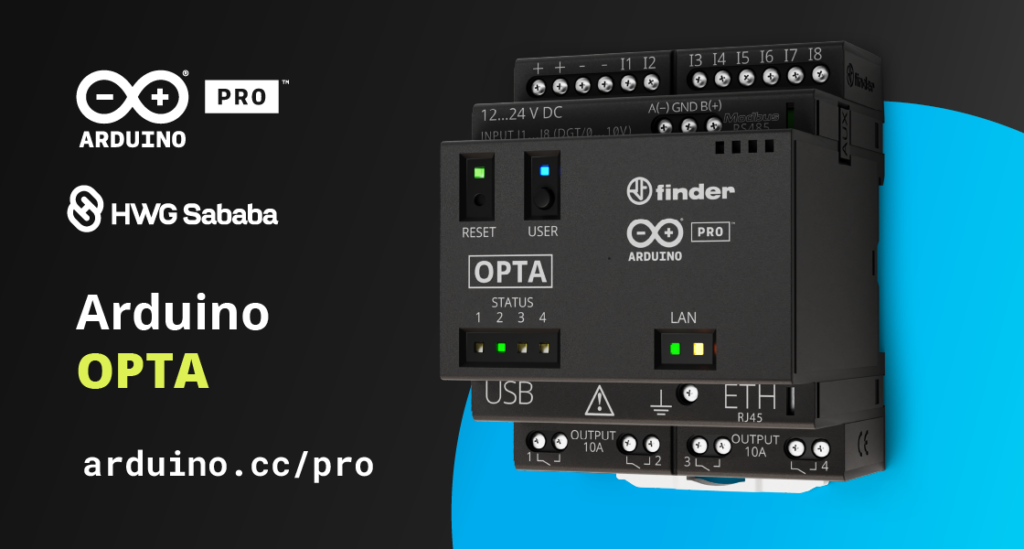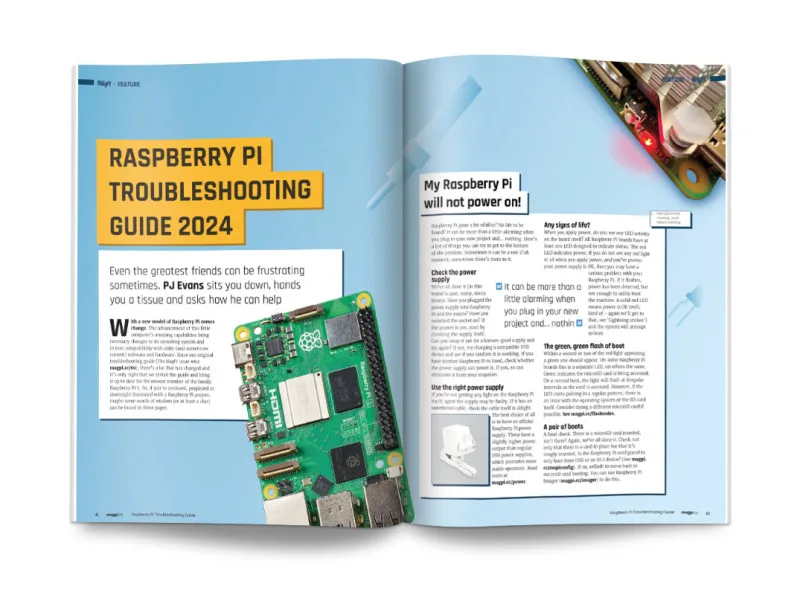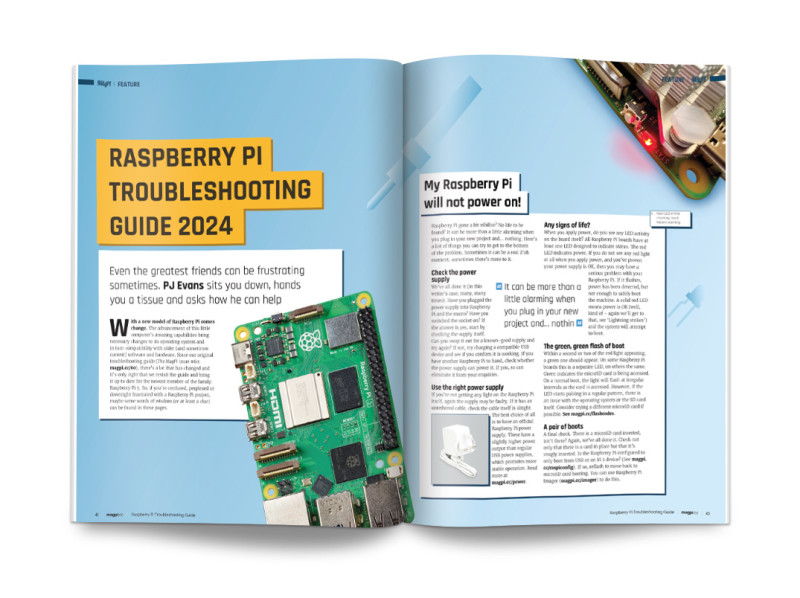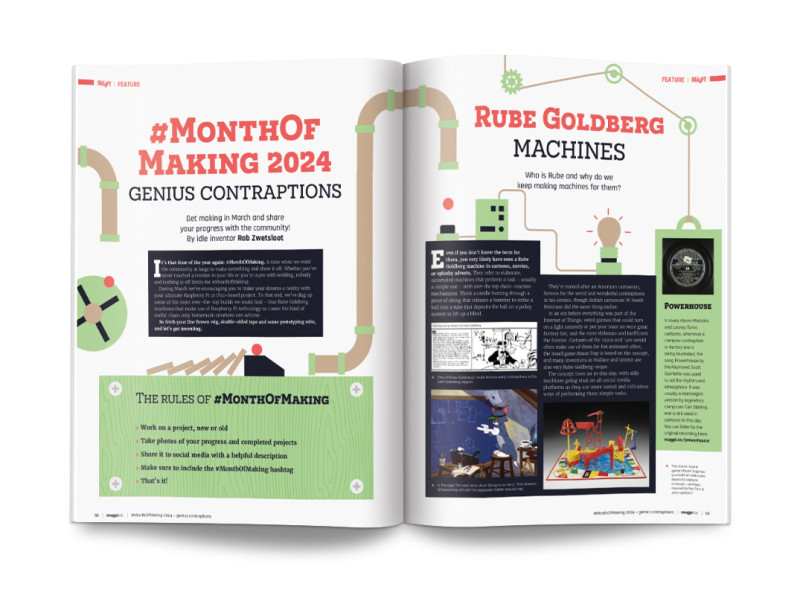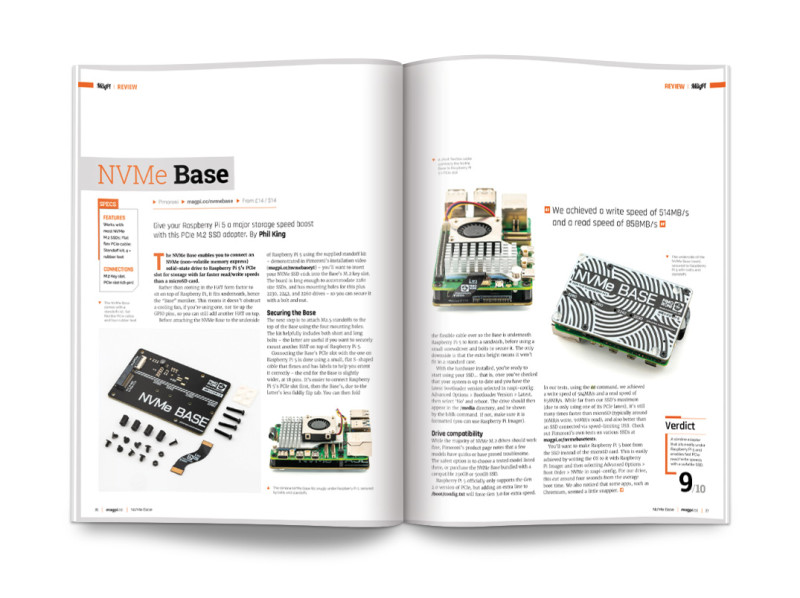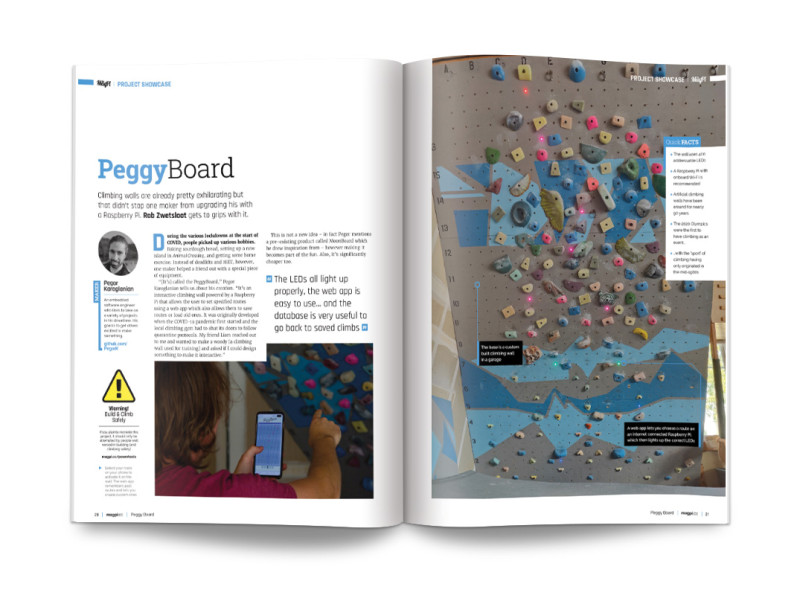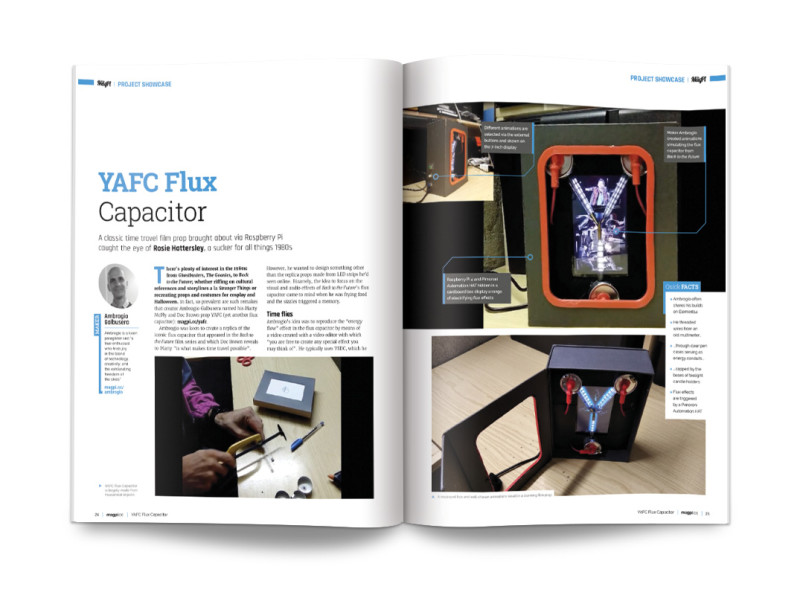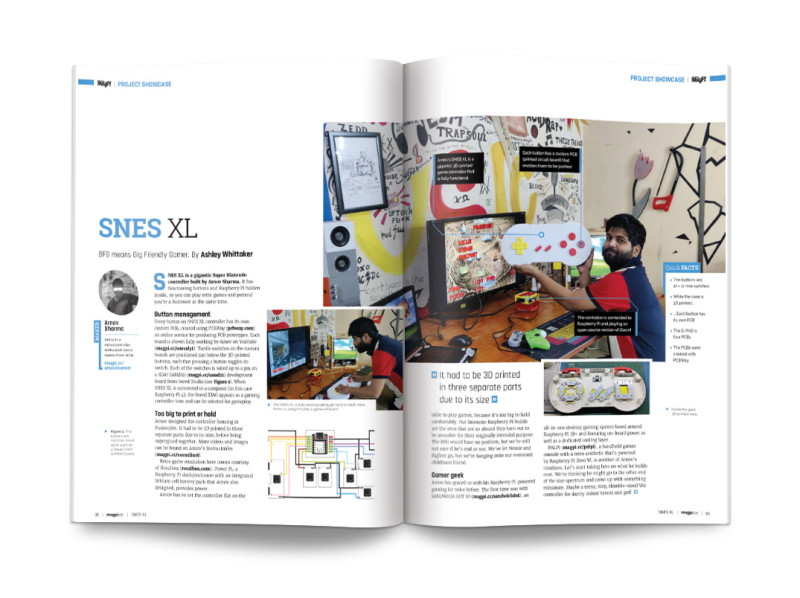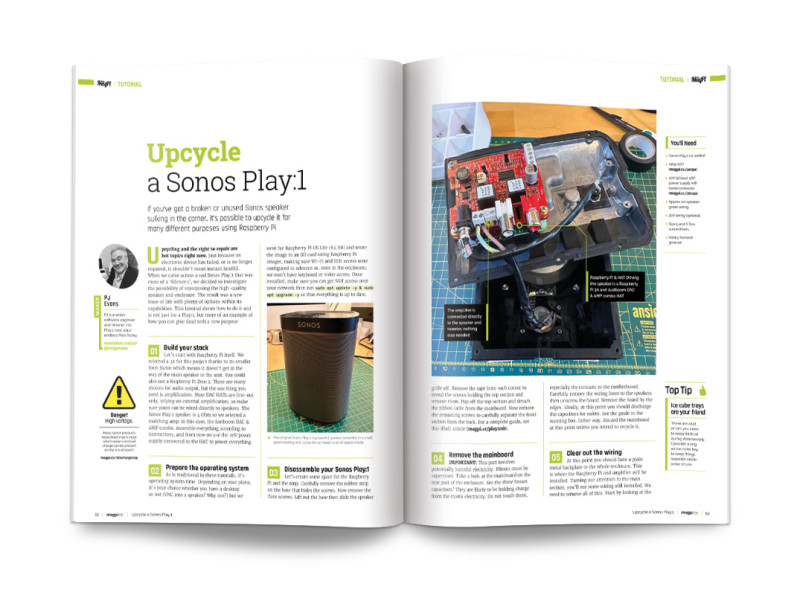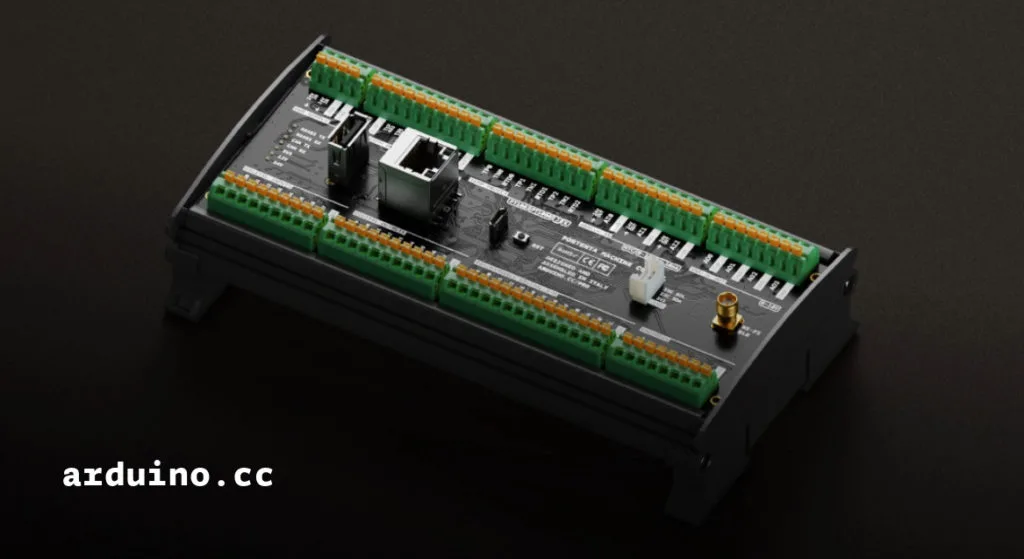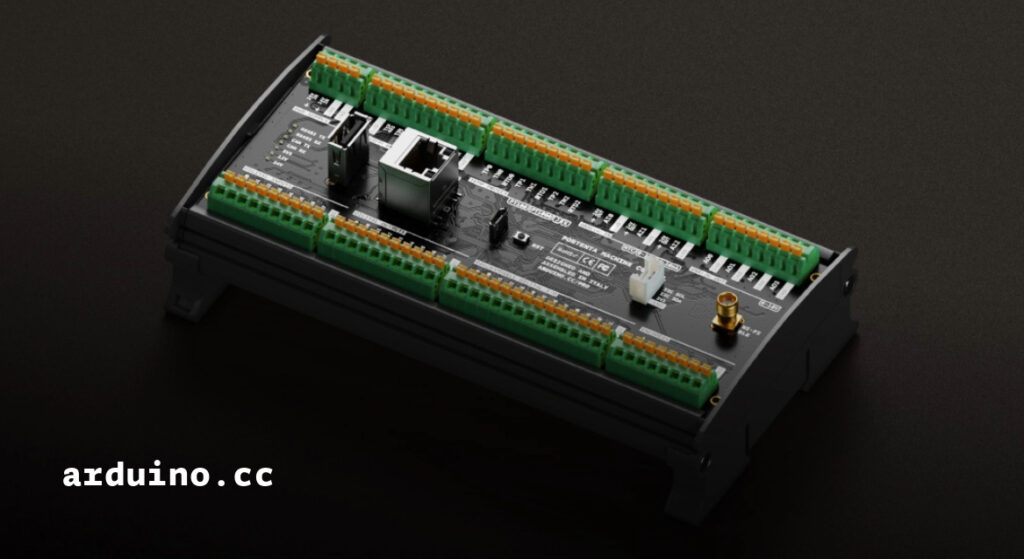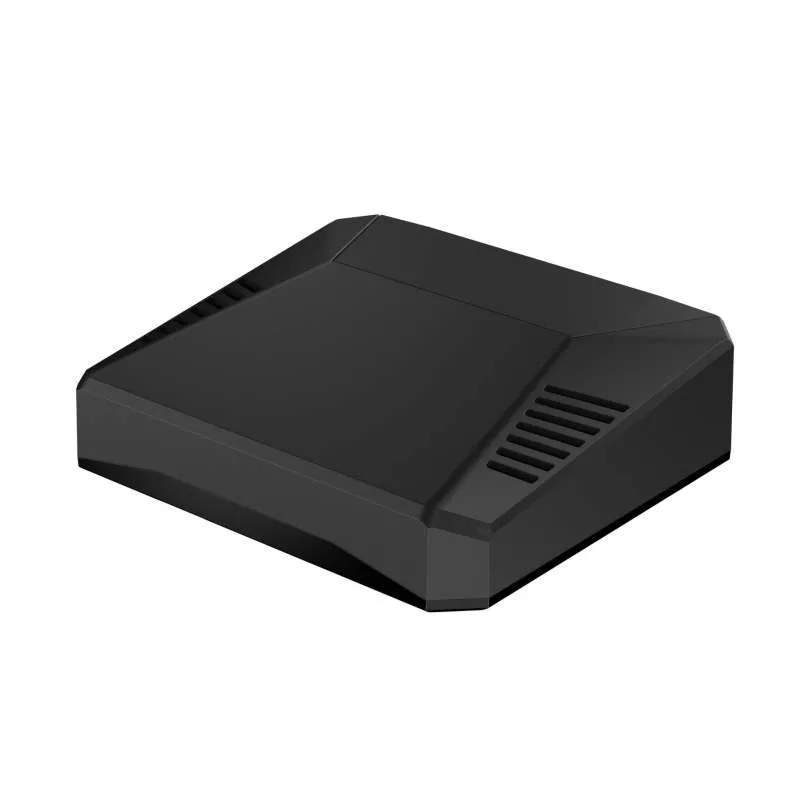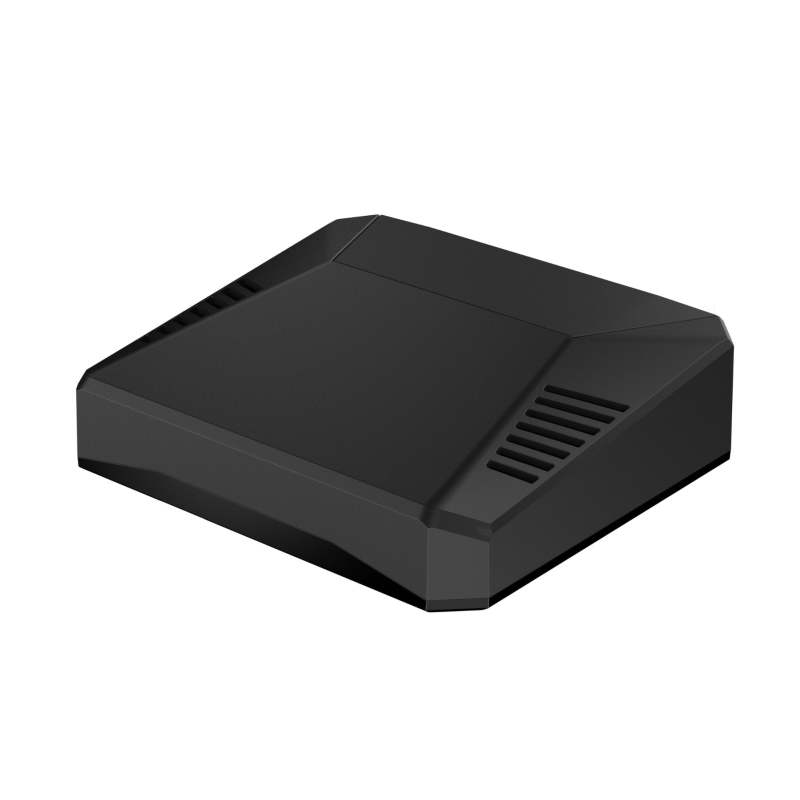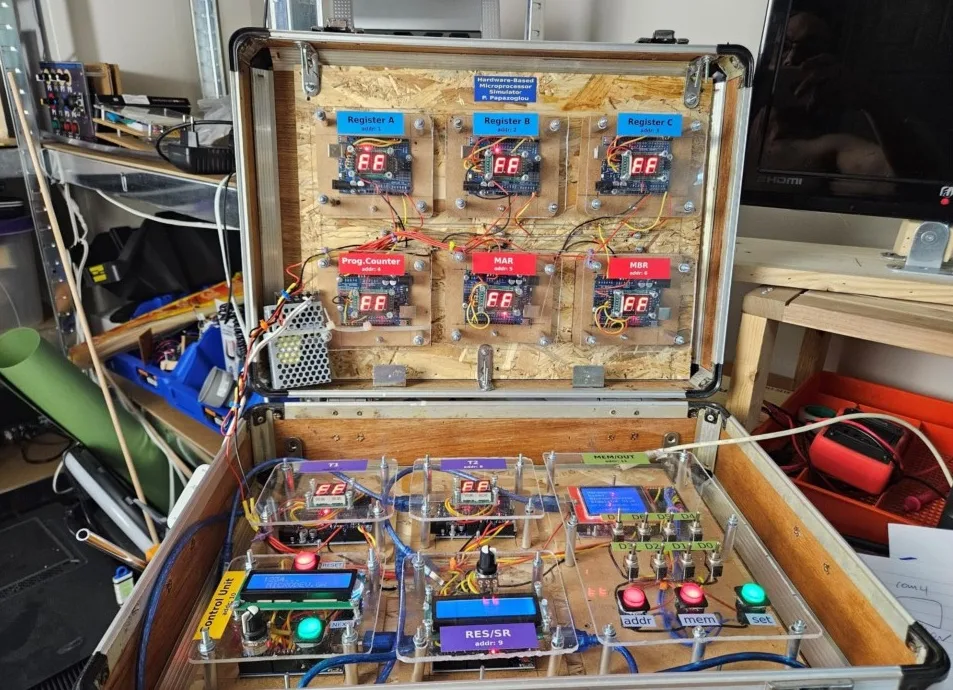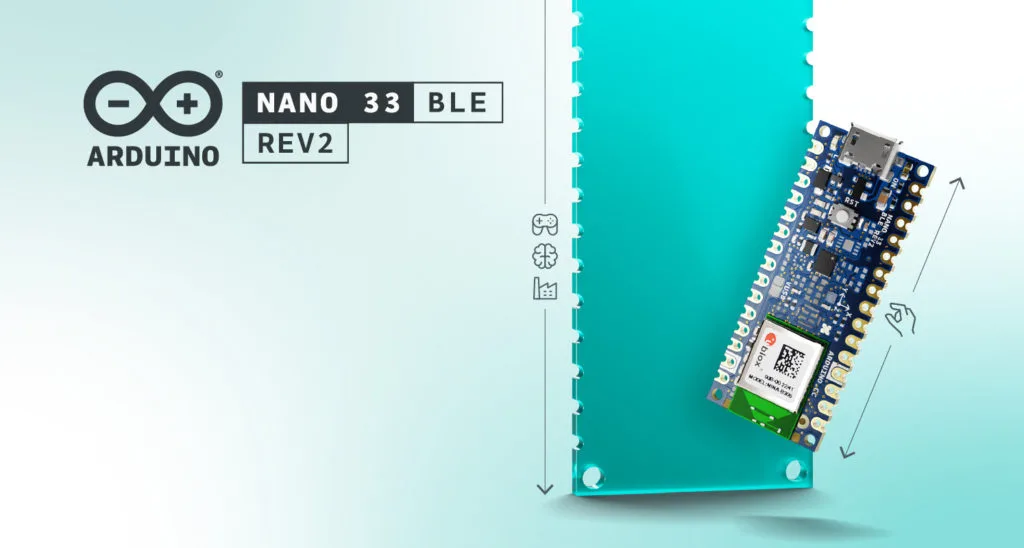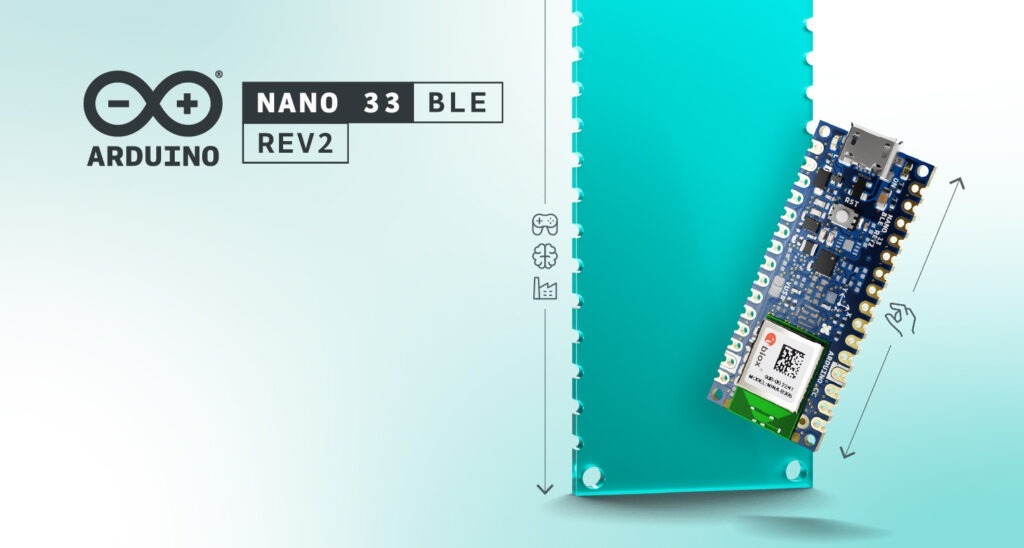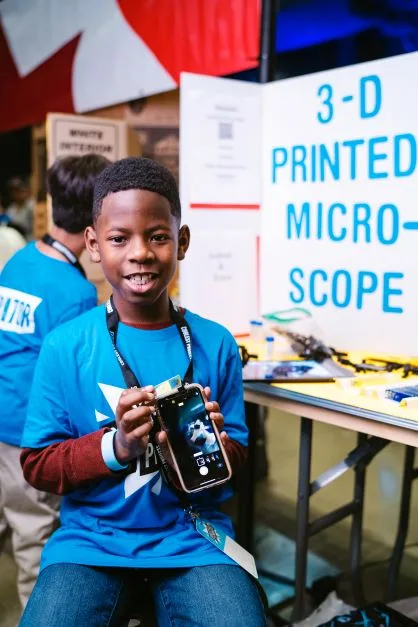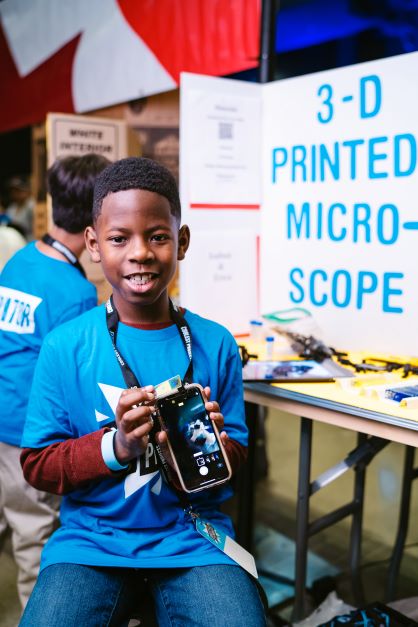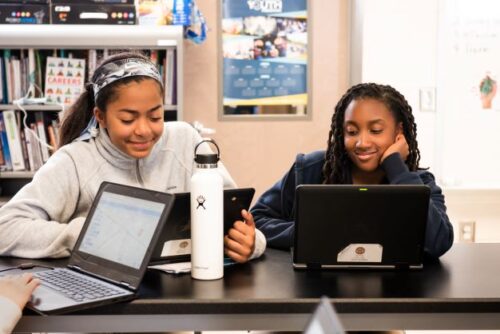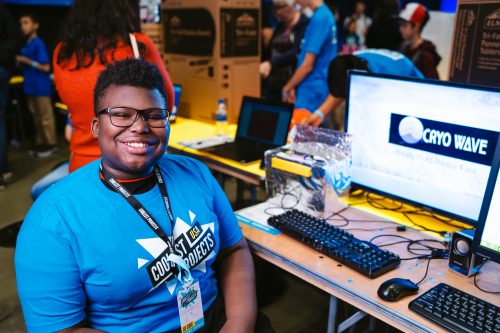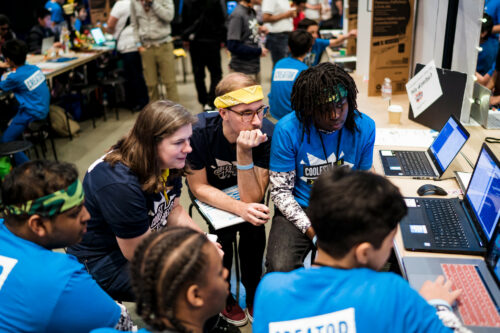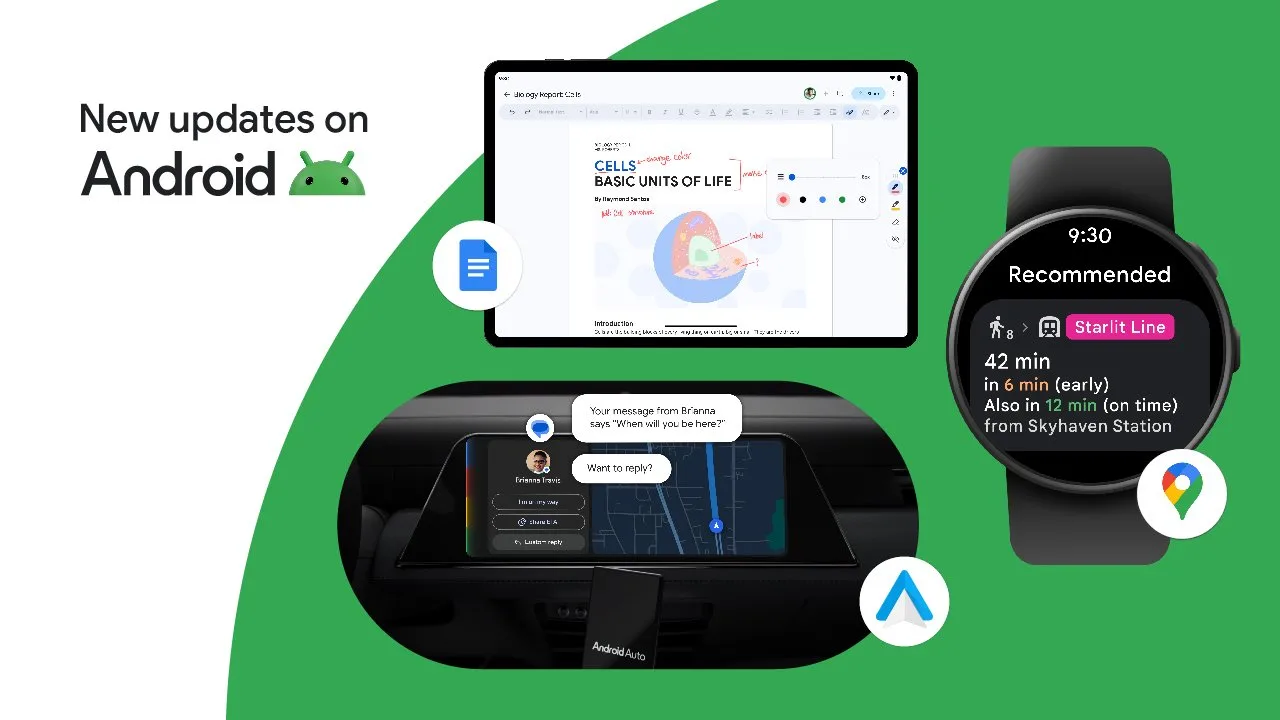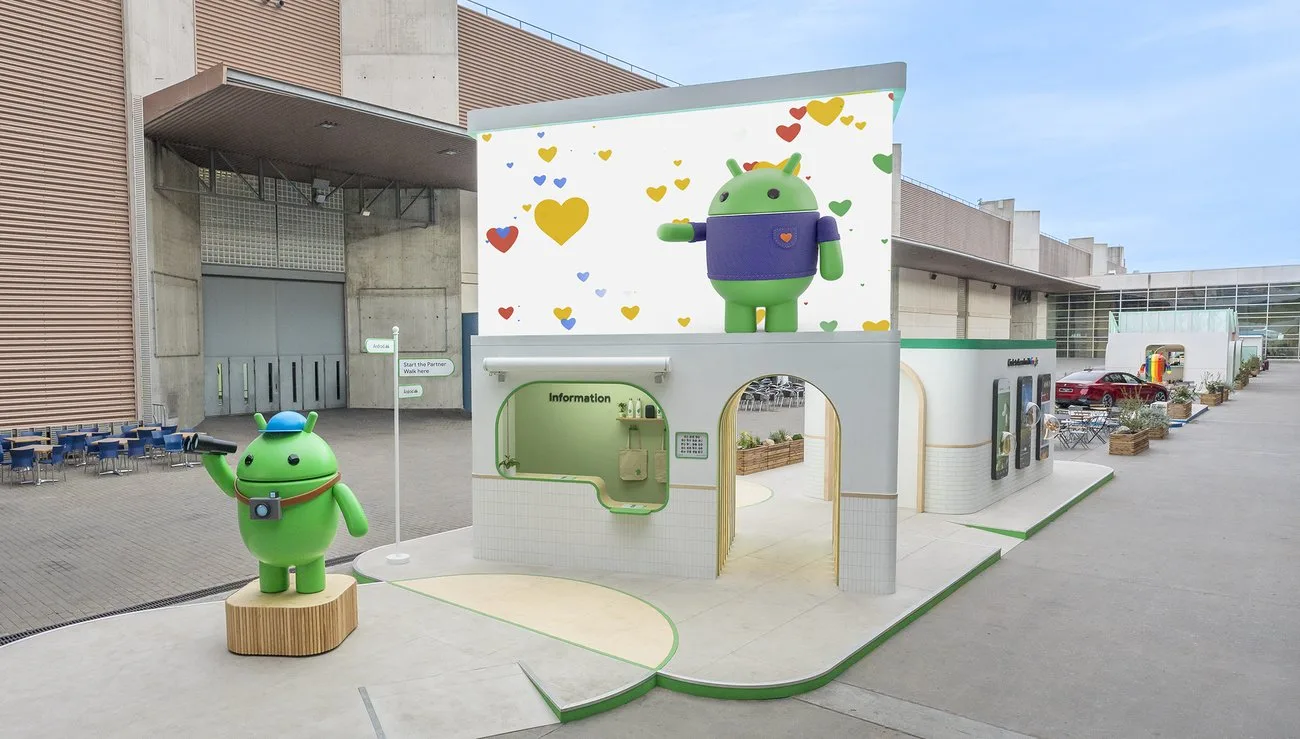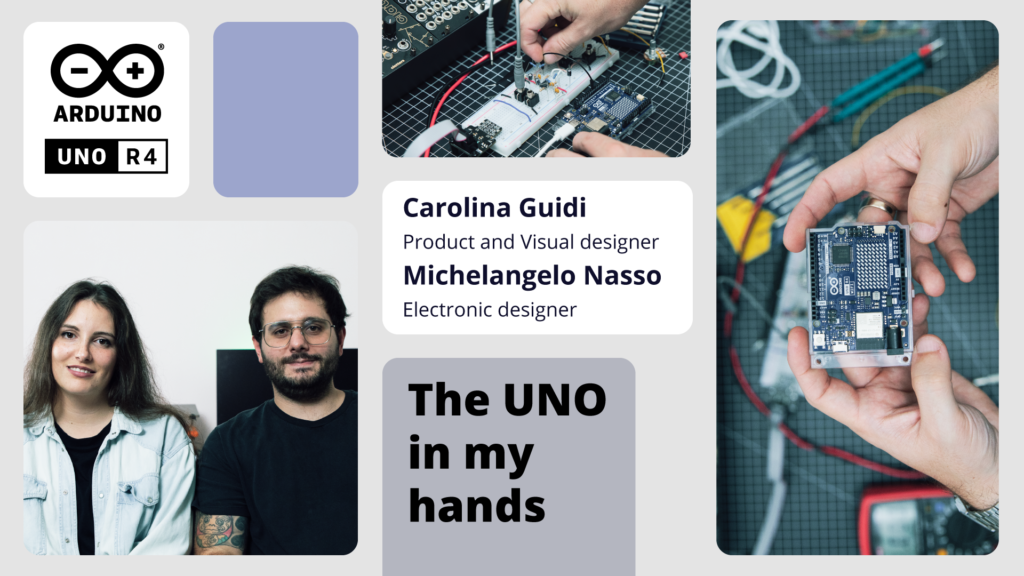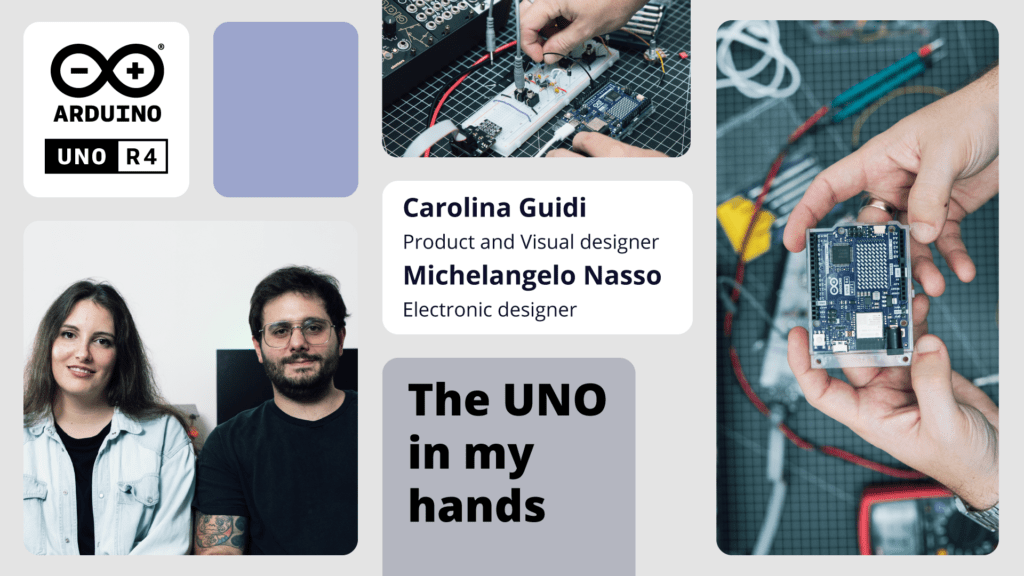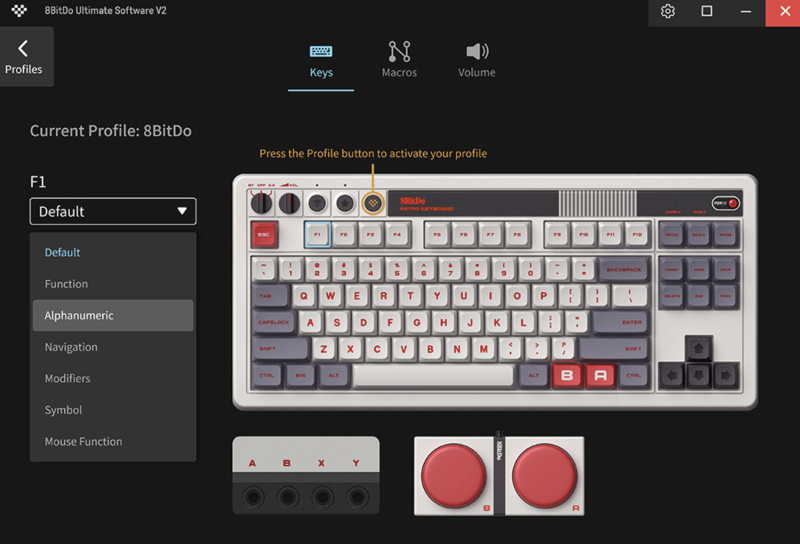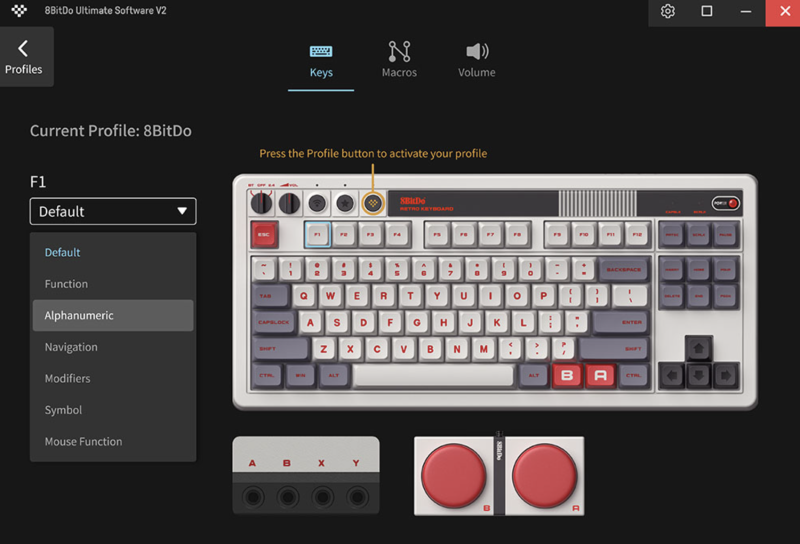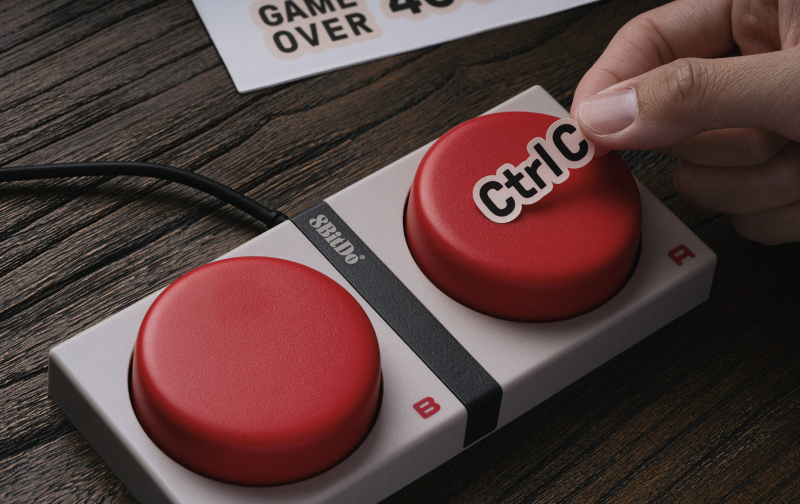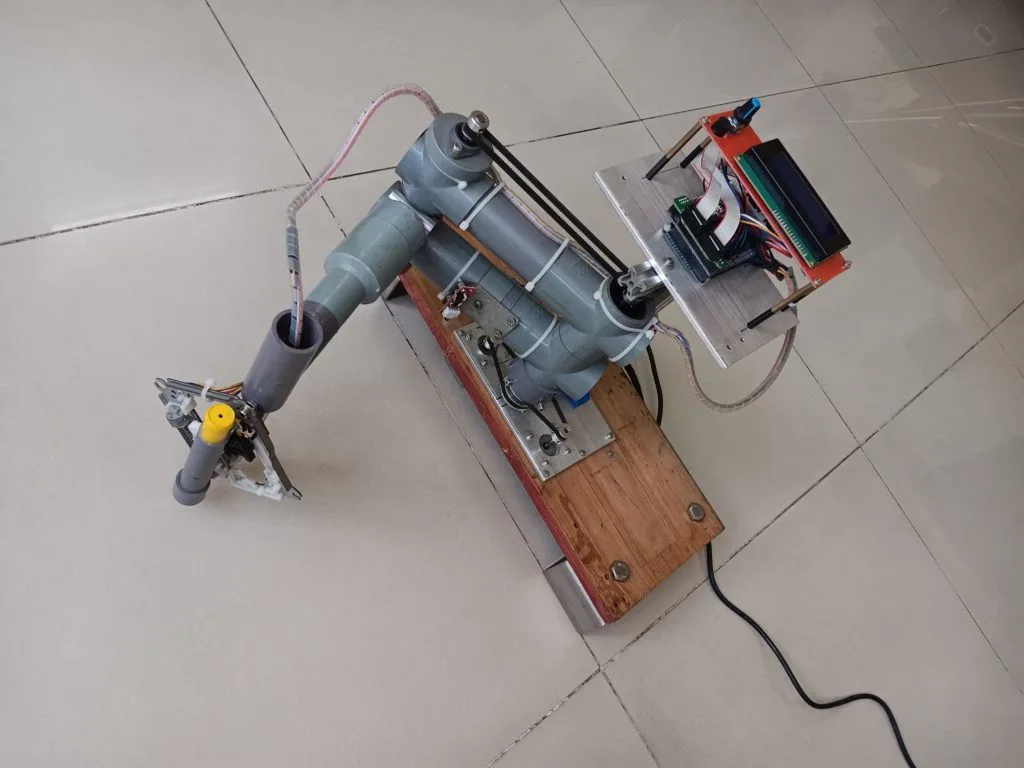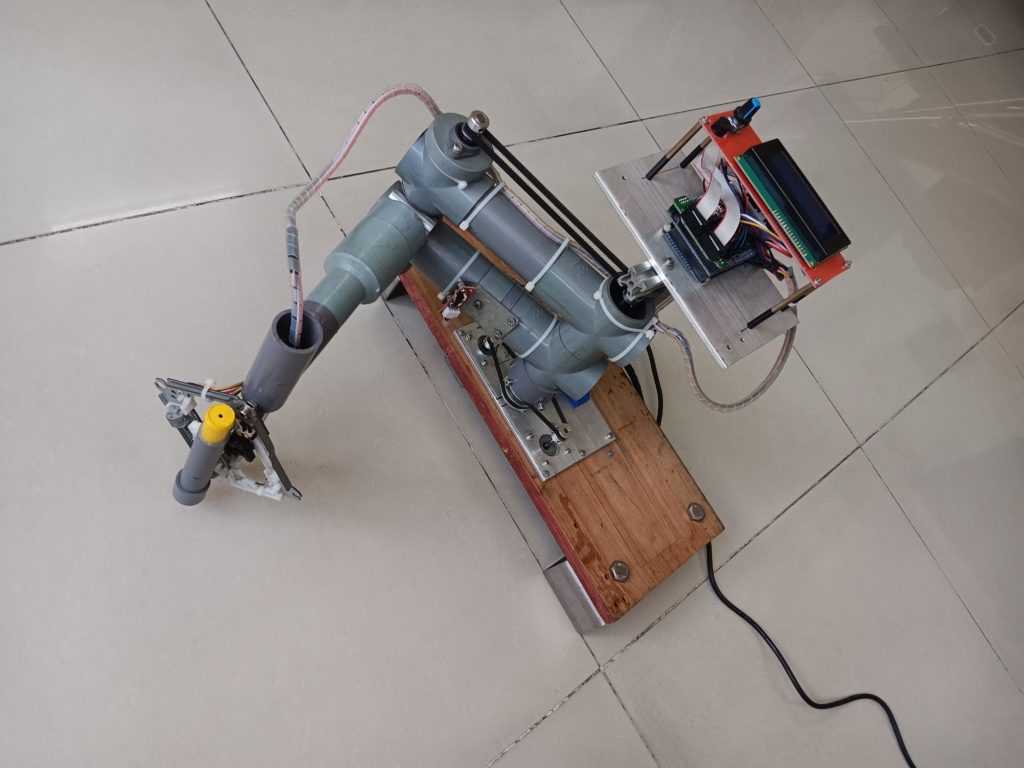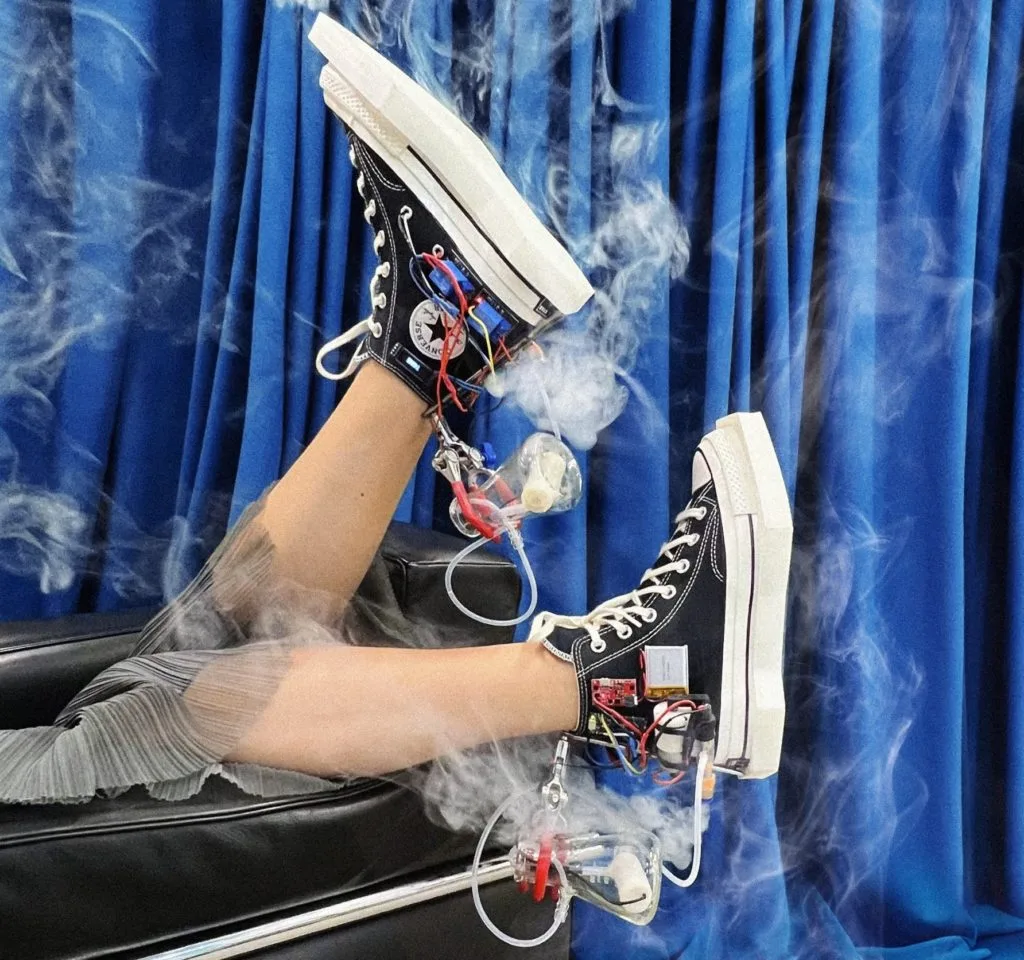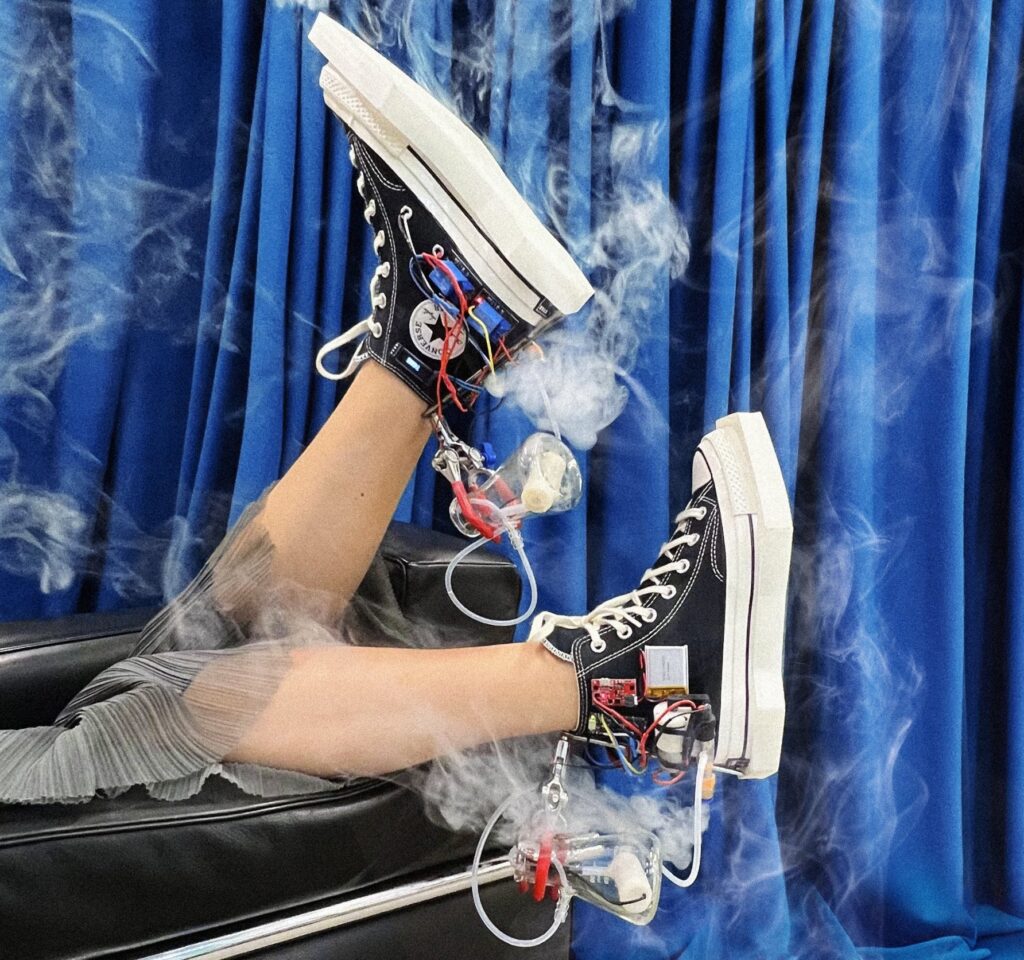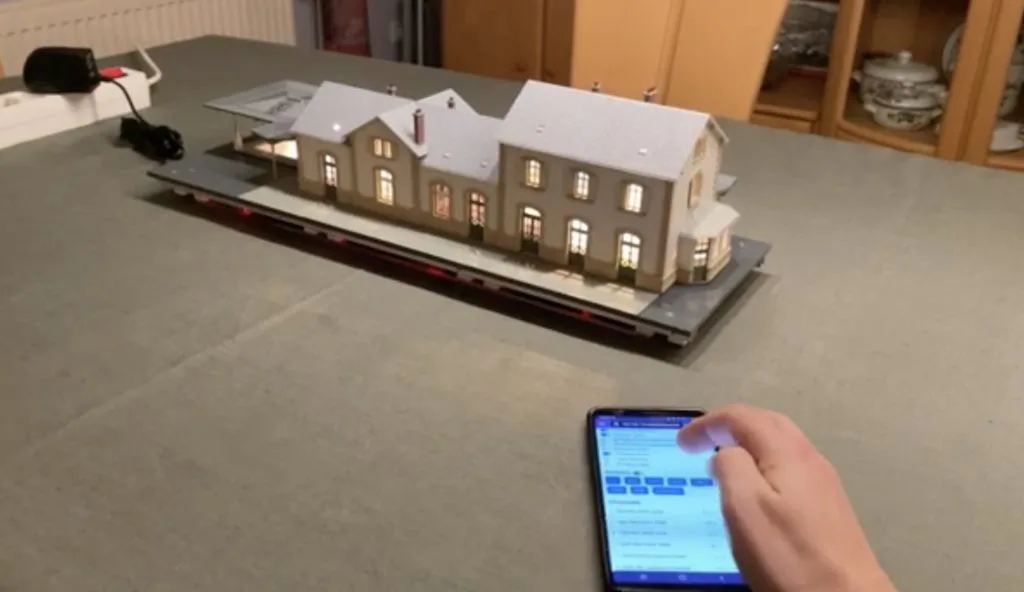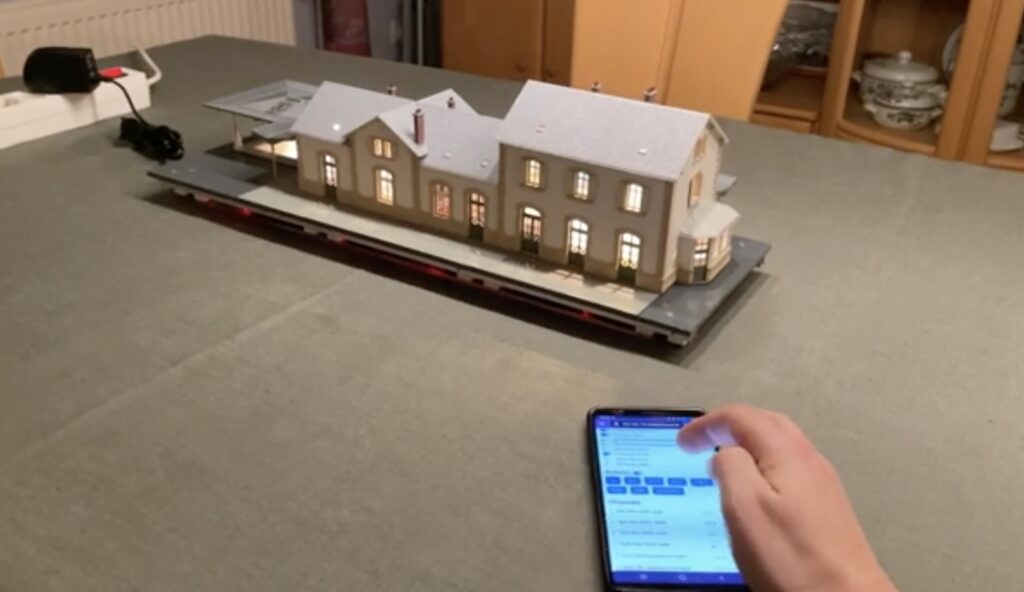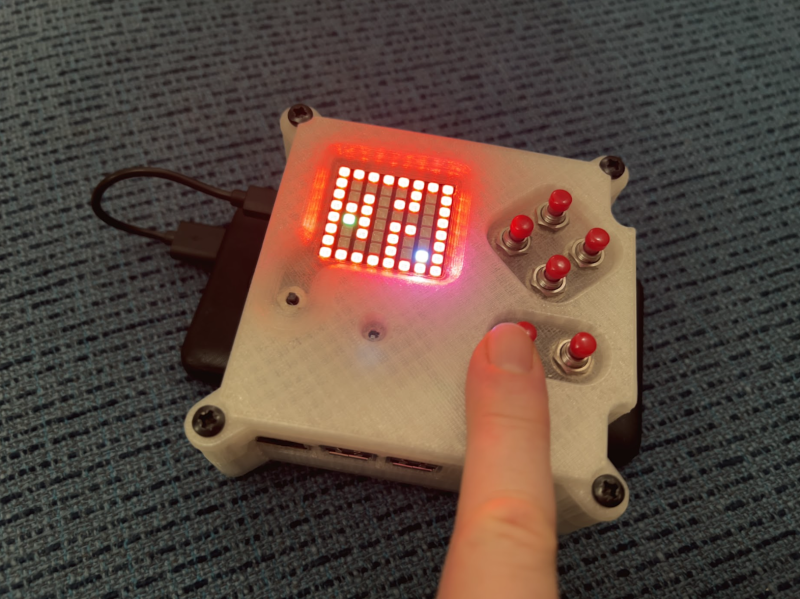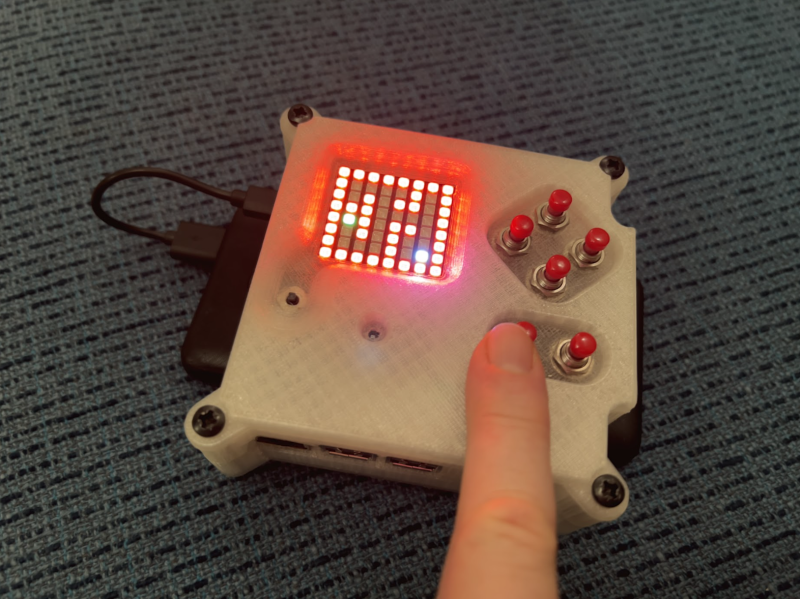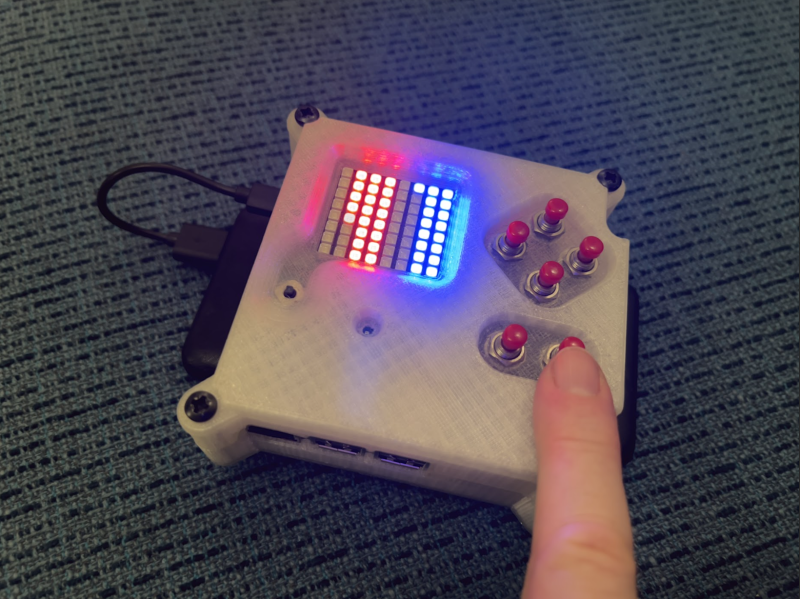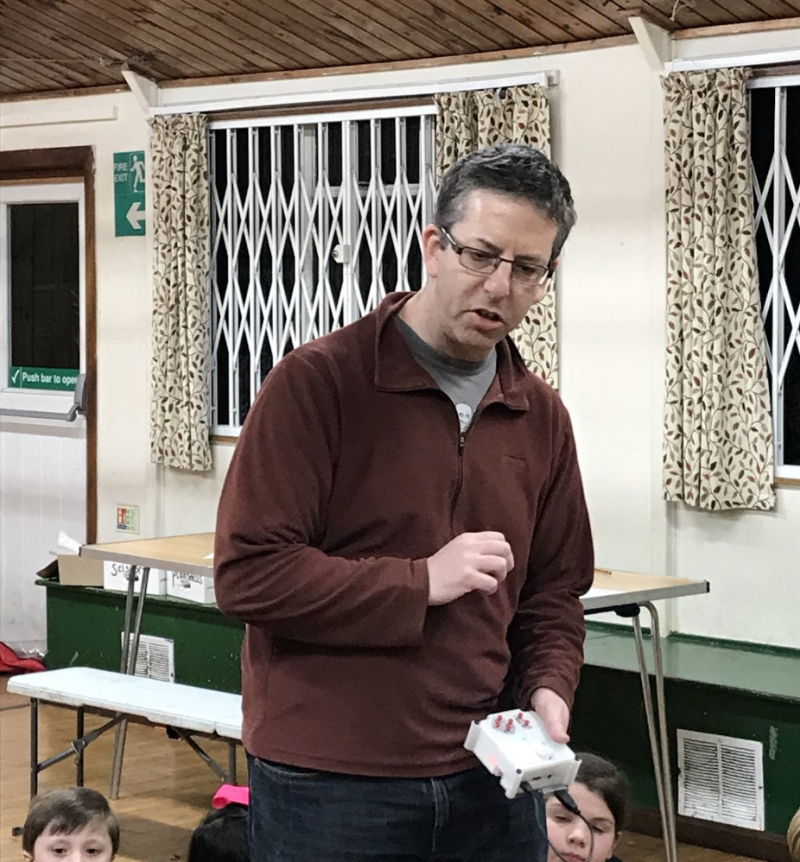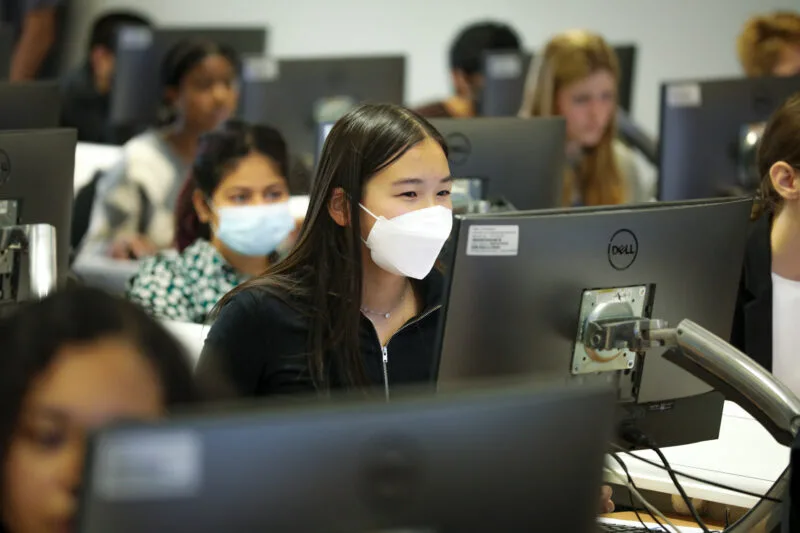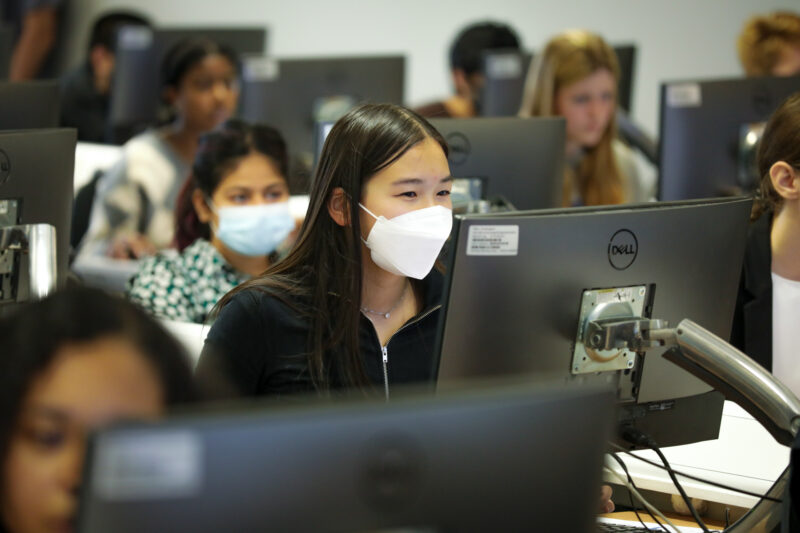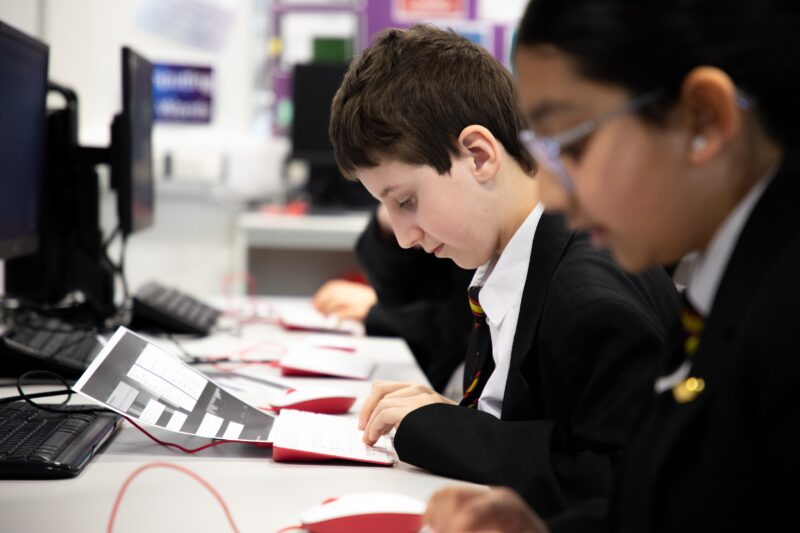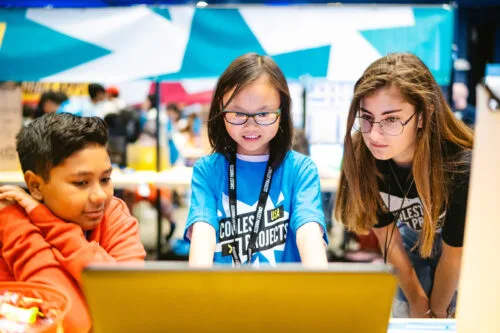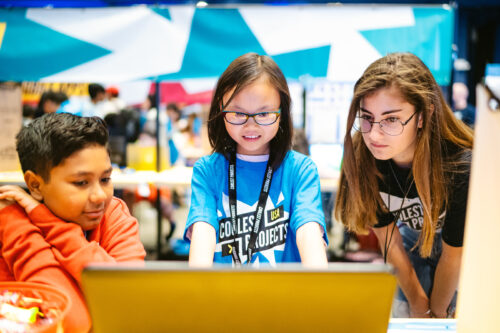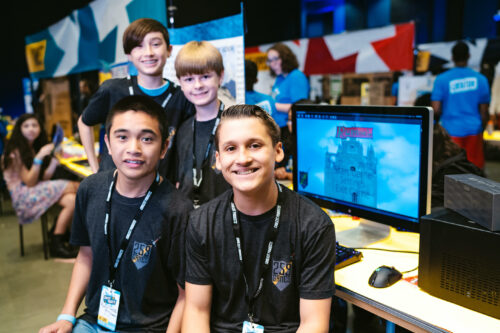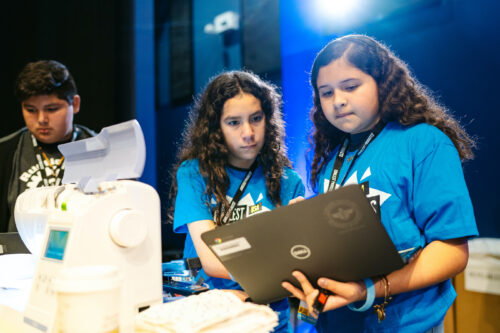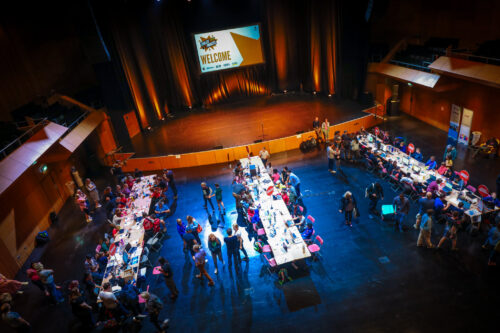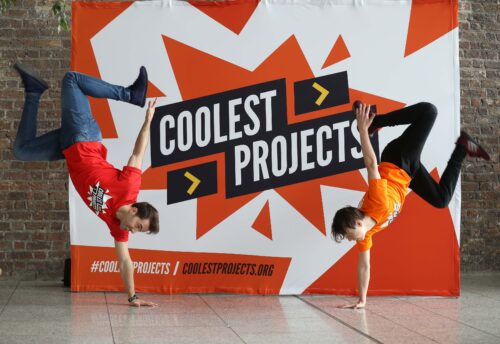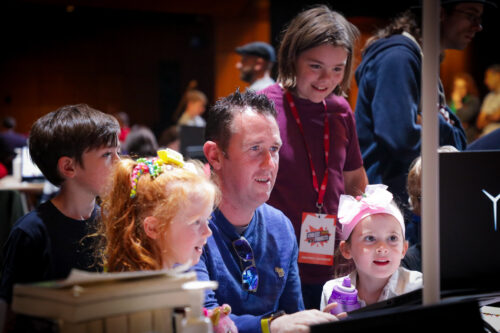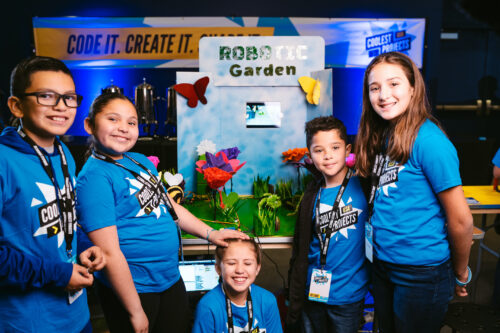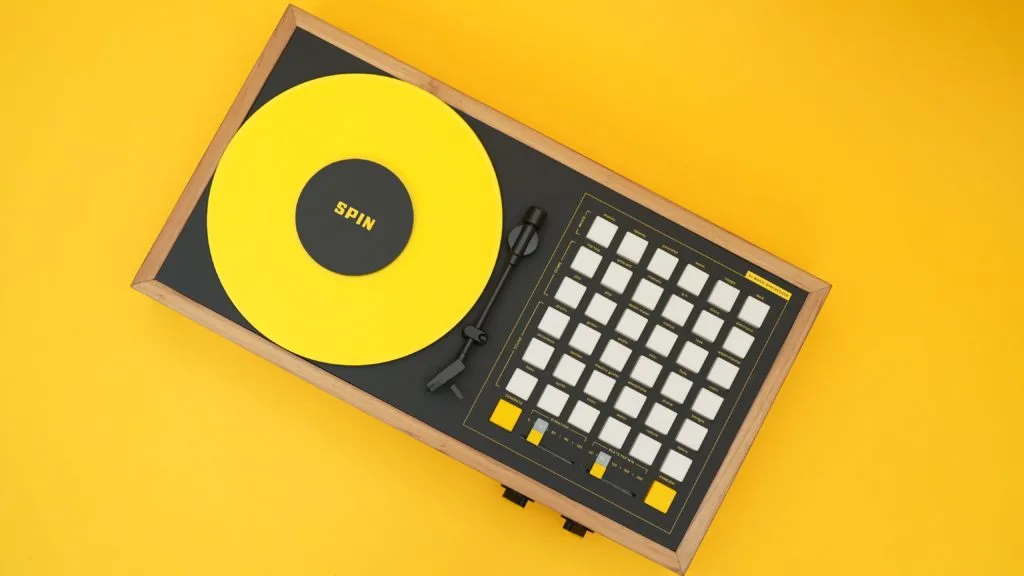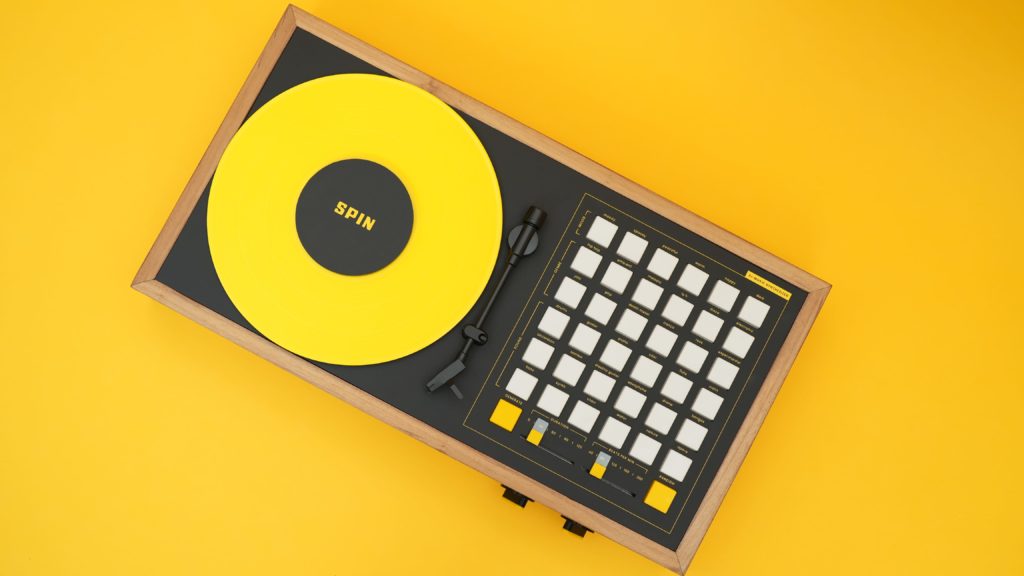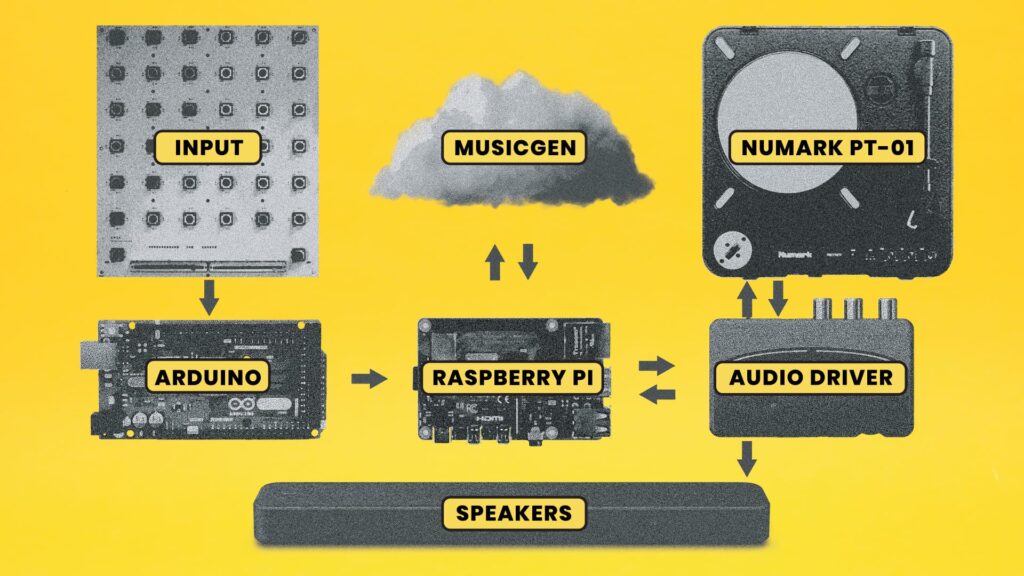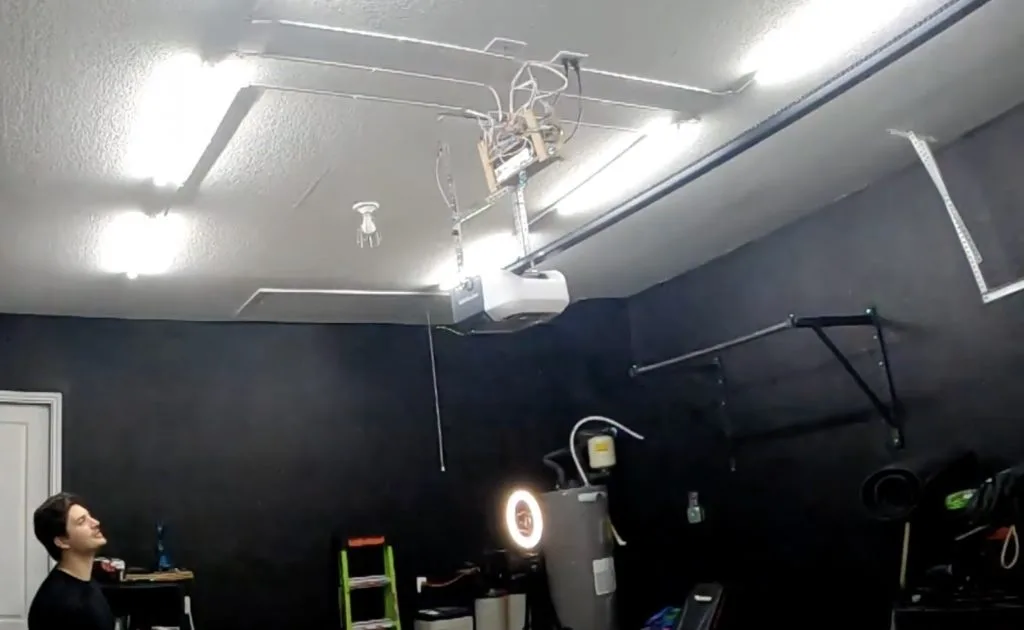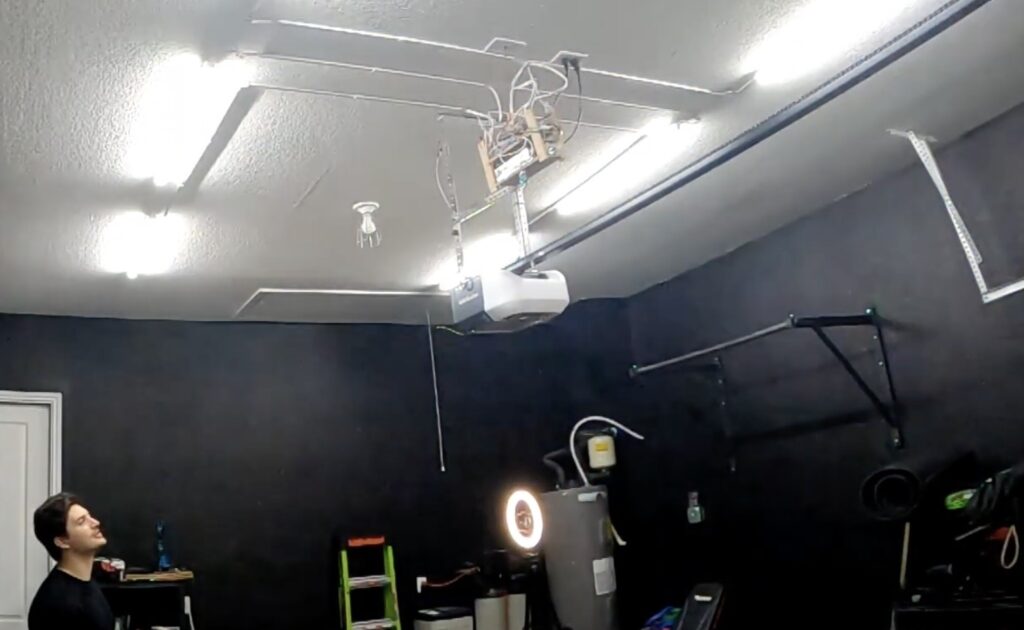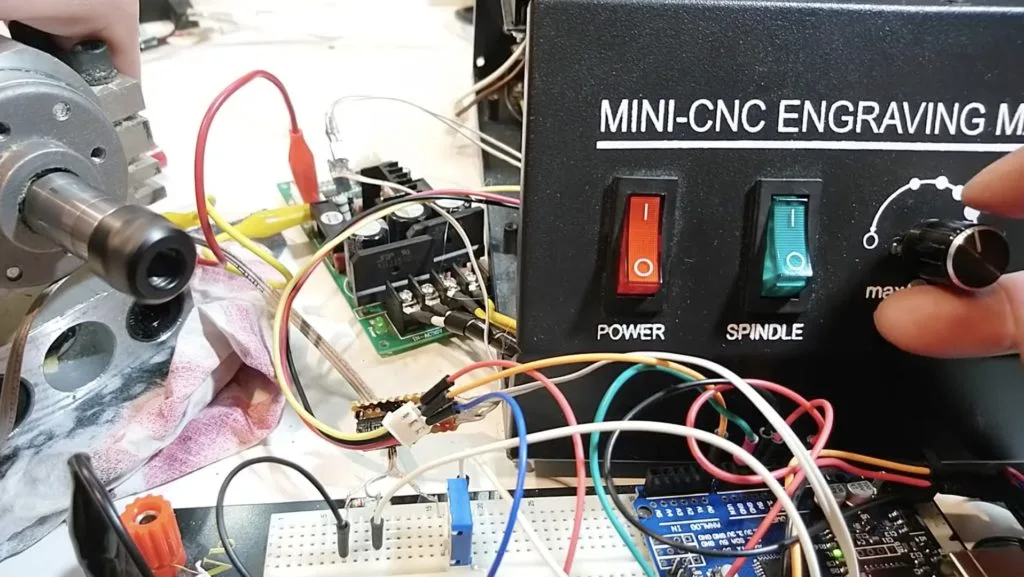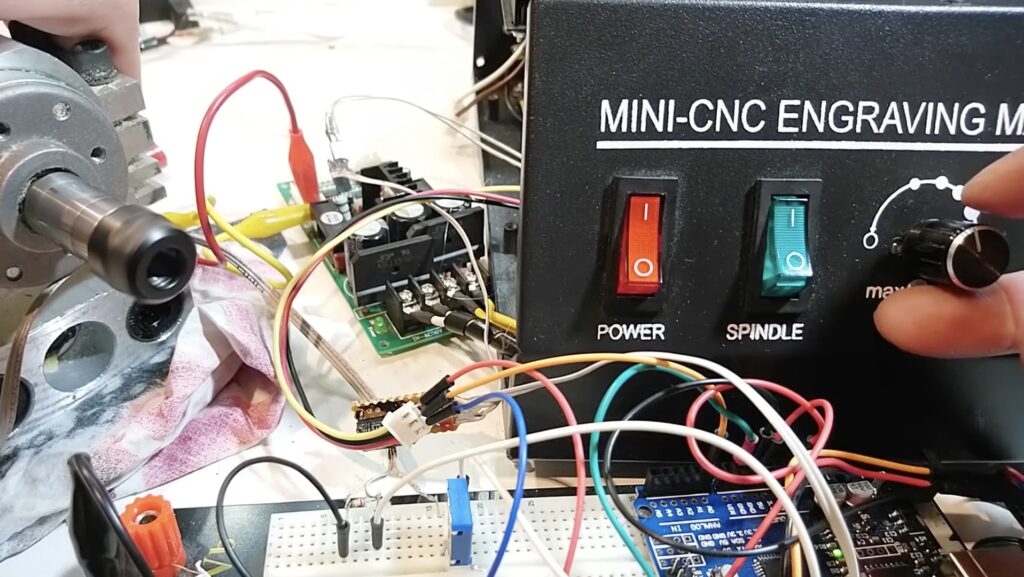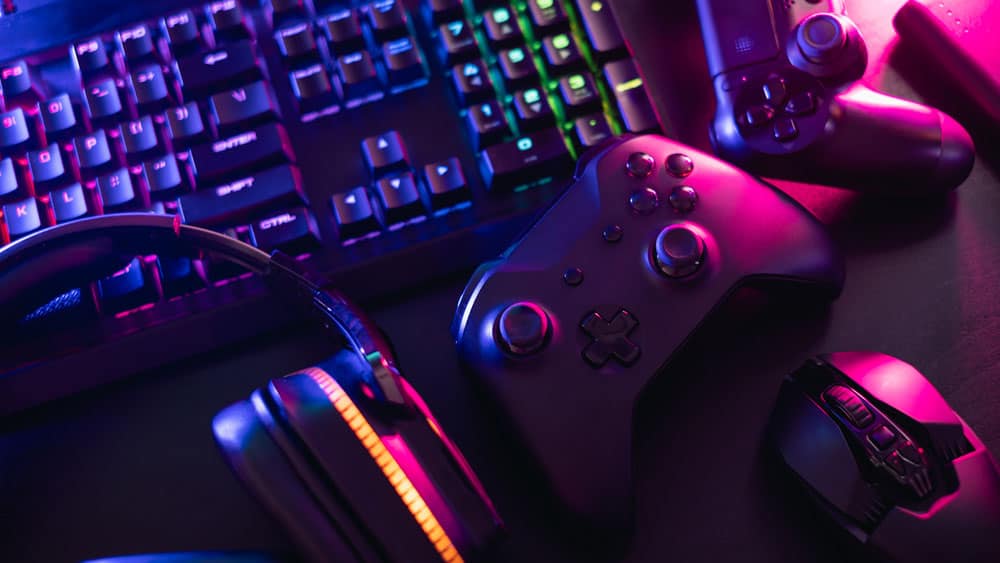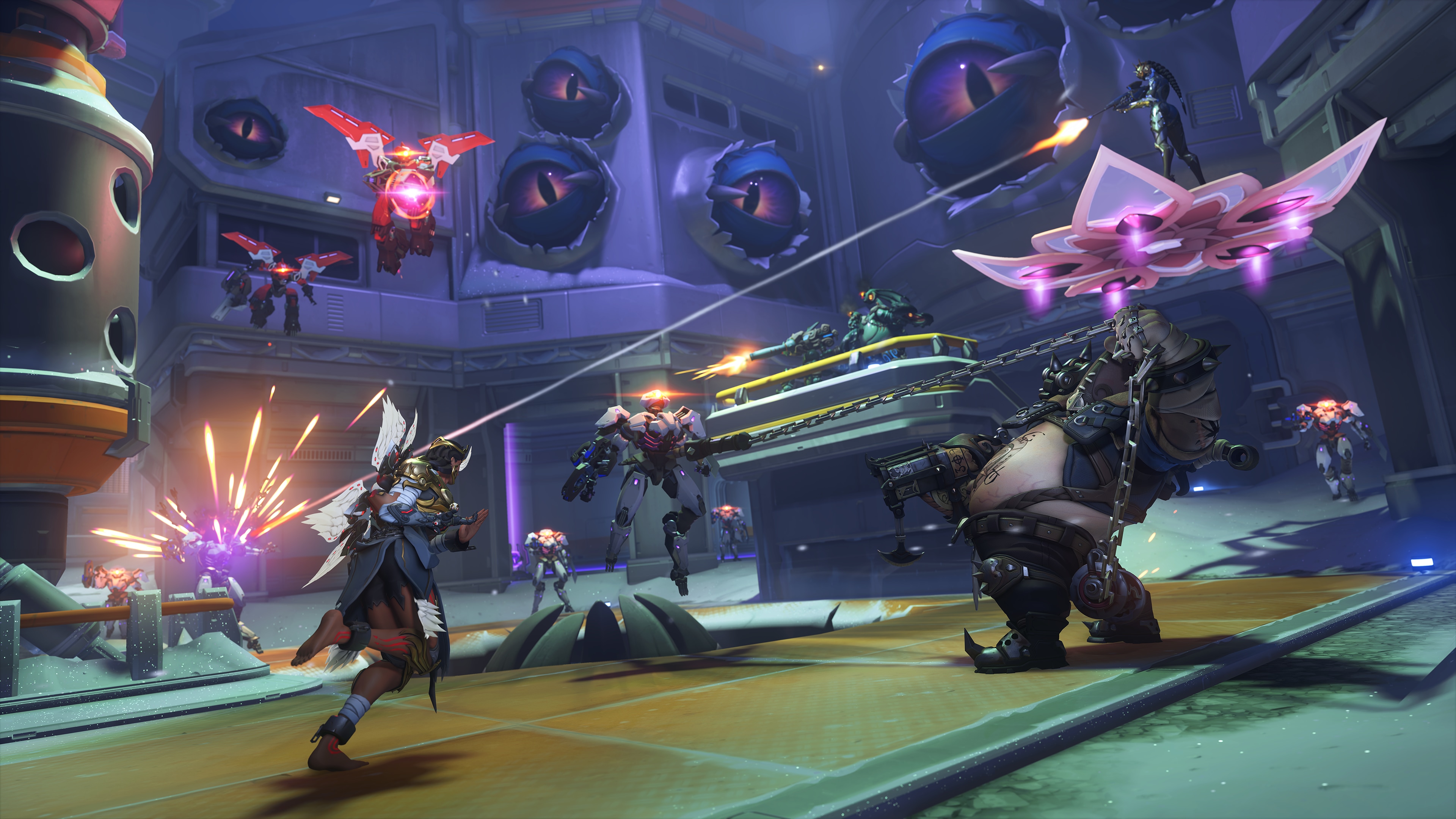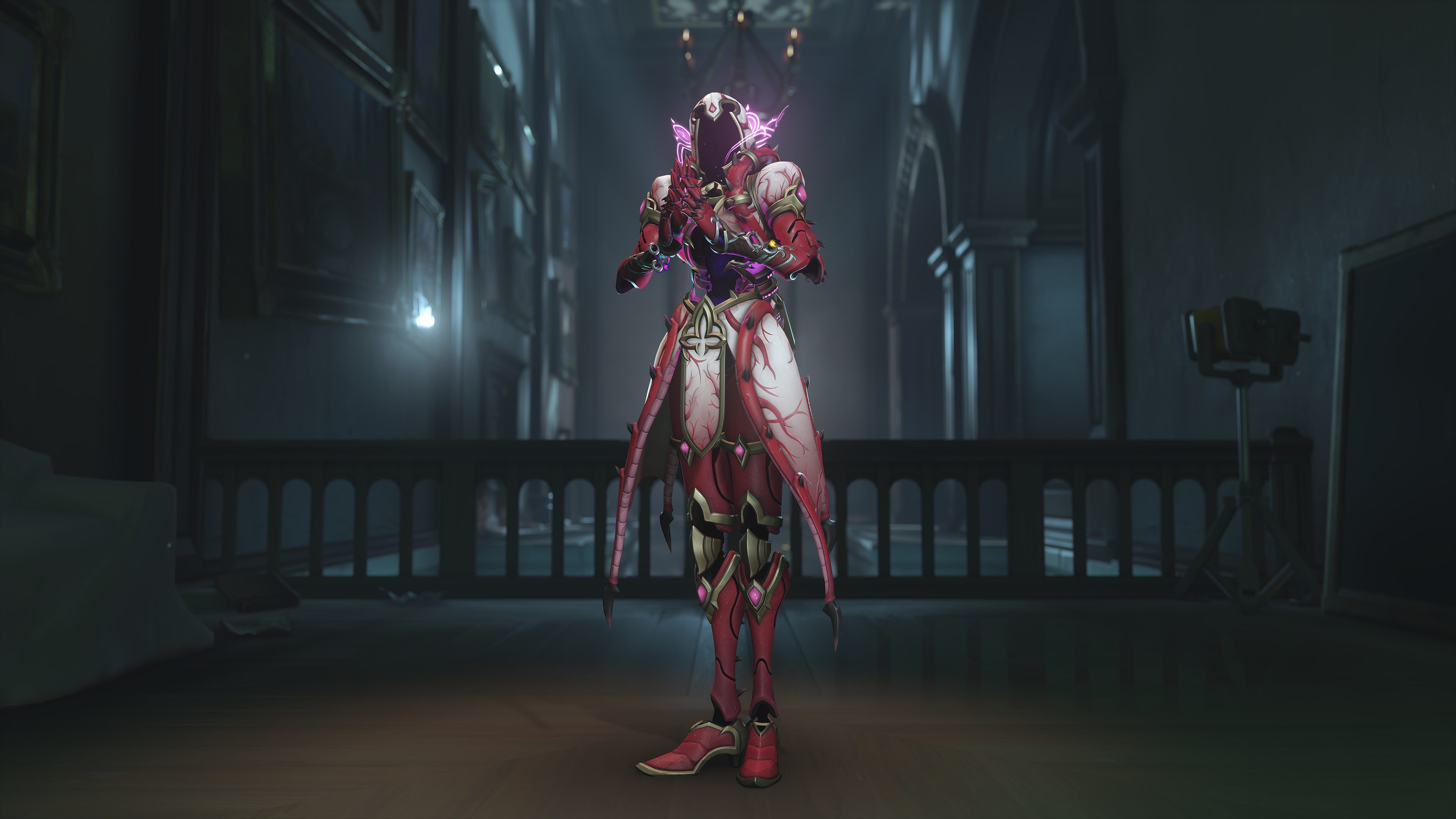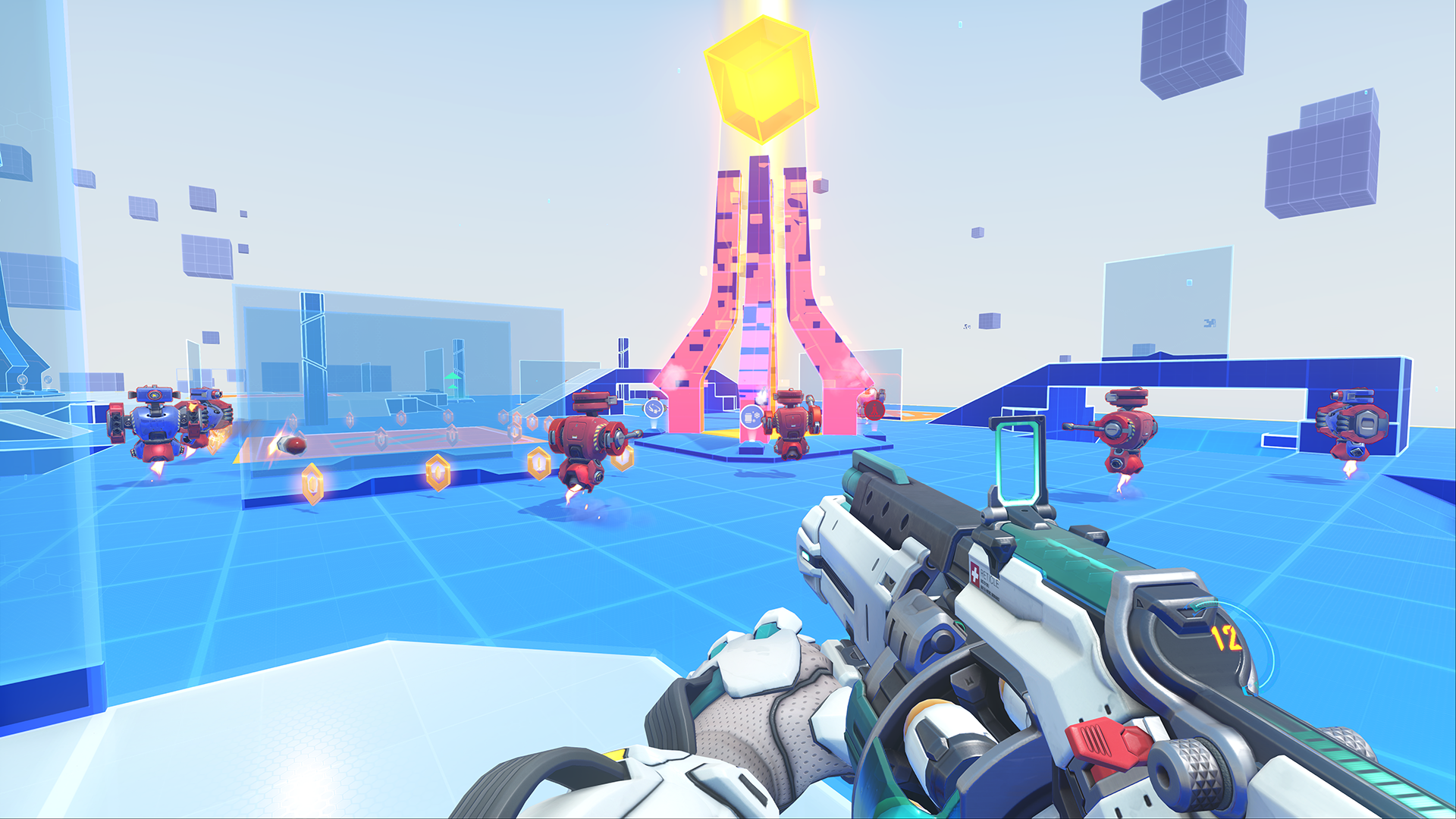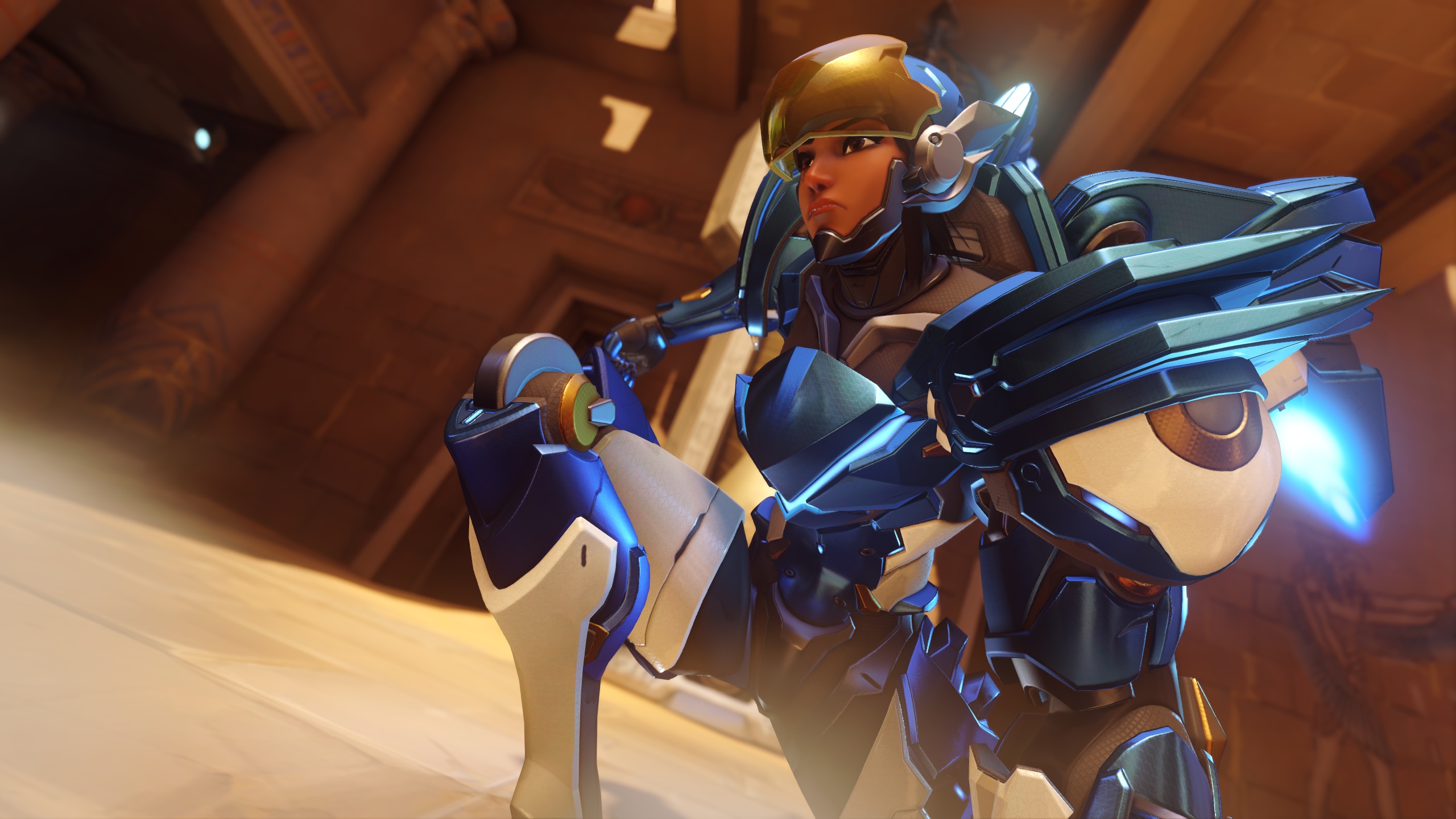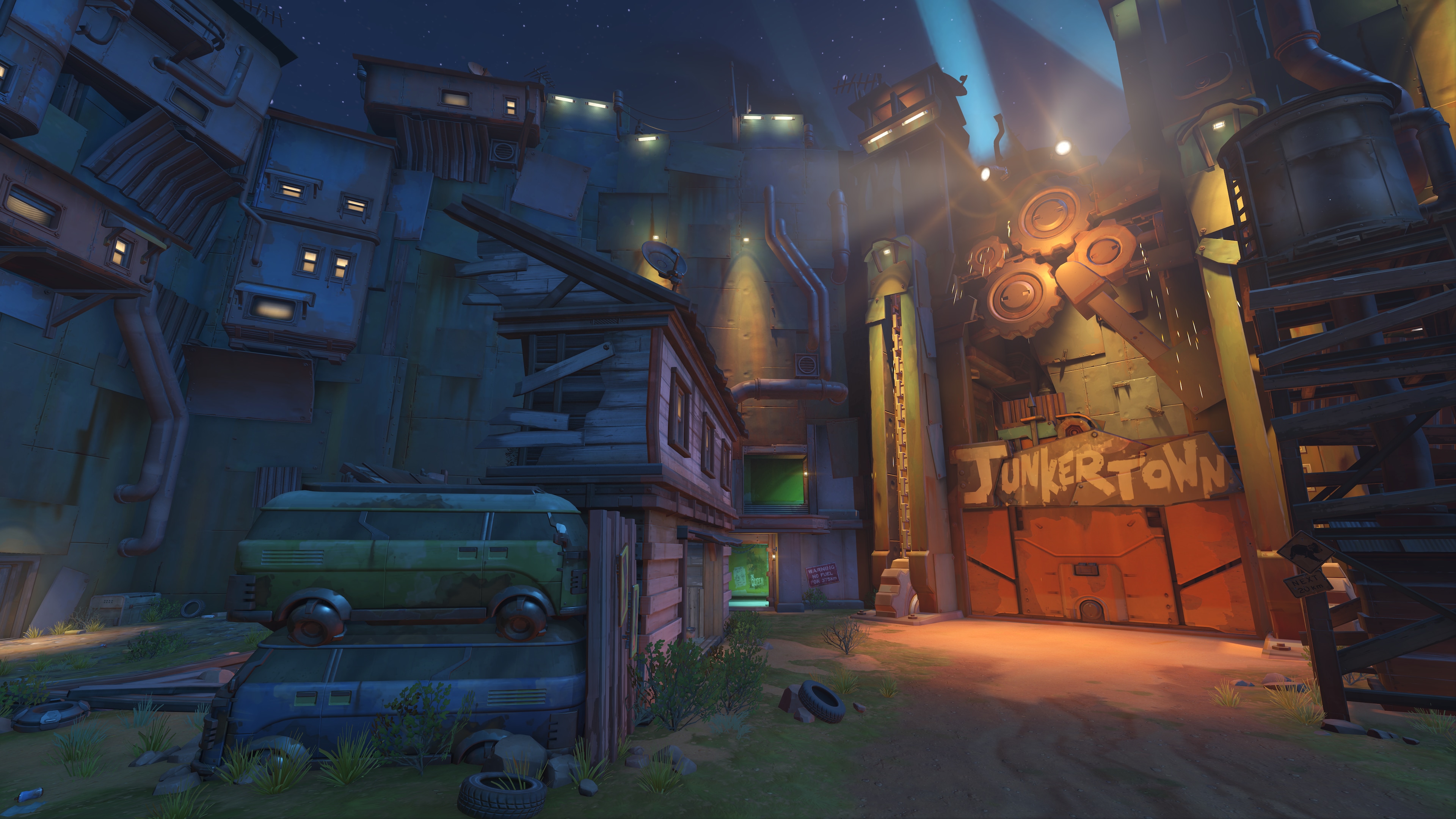Reading Time: 6 minutesOverwatch 2 Season 9 arrives tomorrow with exciting core gameplay updates, a reworked Competitive game mode, and a season theme that will test the courage of even the bravest heroes as they face a dangerous threat of cosmic proportions. Get your friends together, queue up, and face the unknown that awaits you.
Competitive Play Updates
Thanks in part to your feedback, we’ve updated Competitive Play. Now more transparent than ever, the new Competitive Overview after every match provides clear insights into how your rank changes, including skill modifiers to help you understand your progress through the ranks. At the start of Season 9, we’re doing a soft reset of everyone’s rank, giving everyone a fresh opportunity to climb higher while maintaining a standard in match quality. We’re also bringing placements back, which means your performance in these games substantially influences your initial rank placement.
For the truly daring, we’re introducing a prestigious new rank above Grand Master – Champion rank. This new rank offers a fresh challenge and a chance to claim your place among elite Overwatch 2 players. We’re also providing new Competitive rewards by introducing new Jade Weapon Variants, available only during the 2024 Competitive Year beginning with Season 9. Earn new Competitive Points as you win matches and unlock Jade Variants for your favorite heroes. Click here to learn more about what changes are in store when you log in to play. It’s Time for Your Competitive Comeback!
Face a Cosmic Crisis

Join forces with your teammates in a new non-canon Co-op event to complete challenges and branching objectives as you explore the unknown, making each mission you play uniquely different. Survive the Crisis as Sigma, Roadhog, Soldier: 76, Mei, Torbjorn, Widowmaker, Lifeweaver, Moira, Ana, and Illari. Work together to uncover the truth behind your crash landing and escape the mysterious threat that lies beneath the station at Antarctica Peninsula. But beware, because a traitor in pursuit of incredible powers may be in your midst!
Brave Eldritch Horrors in the Battle Pass
Give in to whispers of madness in the Overwatch 2 – Season 9 Battle Pass. Over 80 tiers of rewards, including Survivor Soldier: 76, Tentacle Horror Torbjörn, Horror Hog Roadhog, and more, can be earned when you upgrade to the Premium Battle Pass. If you can brave the horrors of all 80 tiers of the Battle Pass, you’ll unlock Ancient Caller Mythic Moira skin. You can also get the Beholder Sigma and Harbinger Lifeweaver Legendary skins along with 2,000 Overwatch Coins and 20 tier skips when you pick up the Ultimate Battle Pass bundle.

New Skins to Fall in Love With
Visit the shop throughout the season for out-of-this-world cosmic cosmetics, plus Valentine‘s-themed skins you’re sure to fall in love with. Collect the themed remixes of Rosahardt Reinhardt, Rose Lily Widowmaker, and Cherry Blossom Kiriko. Or capture your true love with the return of fan-favorite Cupid Hanzo and the all-new Valentine’s Reaper skin.
Other cosmic surprises coming soon to the shop are Legendary Skins with scary cool remixes, including Fiend Orisa and Dark Fawn Lucio, along with Weapon Skins inspired by the graffiti of the Los Muertos gang seen on Dorado. And be sure to stay tuned for a new collaboration that will be rolling in later this season.

Team Up for Hero Mastery: Gauntlet
Experience a new multiplayer experience in Hero Mastery. Work with your team to fight against changing waves of enemies, defend your towers, and upgrade your defenses. Can you survive the Hero Mastery: Gauntlet?
Team up with friends and face tactical moments requiring both individual and collective skill. Every time you play will be a fresh experience with variations in enemy waves, objectives, and upgrade options, ensuring no two games are the same and that you can test your skill with any hero.

Bringing a Whole New Balance to Gameplay
Season 9: Champions also introduces global balance changes that affect every hero in the game. We’re adjusting how the damage dealt is more consistent by increasing the projectile size while also increasing the health pools of all heroes, thereby keeping the time it takes to eliminate targets relatively the same. We also added a new passive for all heroes to regenerate their health when they step out of combat.
If you haven’t already, read up on the full details of these changes in our previous blog or check out our patch notes.
Justice Rains From Above
Season 9 also presents significant updates to Pharah, made with some strong goals in mind:
- Empower Pharah to make more individual plays and lessen her reliance on heroes like Mercy.
- Shift Pharah’s movement capabilities from feathering up in the sky toward more horizontal movement that can cover distance quickly.
- Introduce brief moments of downtime for Pharah’s flight.
These goals are aimed at enabling Pharah to be more effective at higher ranked thresholds and as a solo hero, while also addressing rougher experiences players have going against Pharah – such as her presence limiting the effective hero pool of the opposing team.

Pharah’s Hover Jets passive has been reworked to limit her time in the air, with fuel being recharged only while she is touching the ground. To compensate for this large change, Pharah has more speed and acceleration while in the air, allowing her to traverse between areas quicker. Jump Jets also now provide bonus fuel (50% of the total tank) and that overflows if you hit 100% fuel. So, while there are moments of downtime introduced, Pharah players will have much more control of where they want to be on the battlefield during that time in air.
Pharah also has a new ability called Jet Dash. When Pharah uses Secondary Fire she will dash in the direction she’s moving. When combined with Concussive Blast and the enhanced mobility from Hover Jets, Pharah can quickly navigate herself into positions where she’s highly lethal.
This more active Pharah means a healthier game and offers new levels of skill expression. We’re looking forward to your feedback on these Pharah changes.
Rolling into Junkertown
And finally, a big update for the wild and rowdy Junkertown map is coming this season. The first section of the map (the area by the first checkpoint) is quite open. It can be tough for the offensive team to push the cart through here if the defending team has a Widow or Pharah. So, we’ve replaced the small cover with a trusty, burned-out building. We’ve also replaced the outhouse that was close to the gate with a tall water tower to block the line of sight from the openings above the choke point. Additionally, a few more cars have been added to this area, and the cliffside path has been reduced.

The small health pack on the balcony overlooking the hairpin turn on the second area has been removed to lessen the defender advantage from that choke. In the third area, we added a vertical support beam on the left side of the hallway to block the sightline from the upper ledge to give more cover for attackers to enter the area. We also widened and added cover to a hallway on the outer mid-section of area 3 to open up team fights that happen there. Finally, the updated map features a new night-time lighting theme to try out.
Overwatch 2 – Season 9: Champions begins tomorrow, so answer the call and challenge yourself on the Competitive ranks today.
Website: LINK

